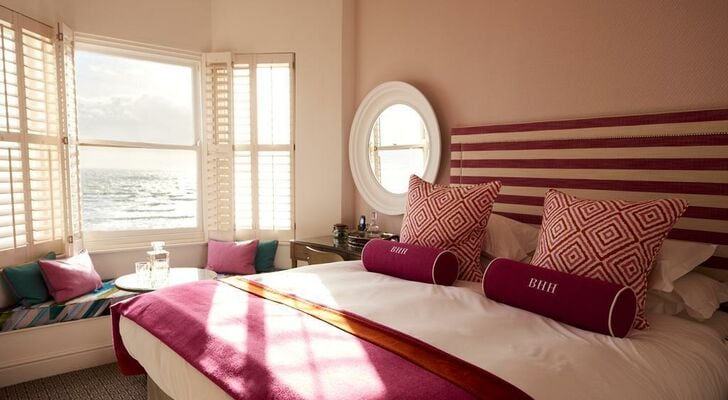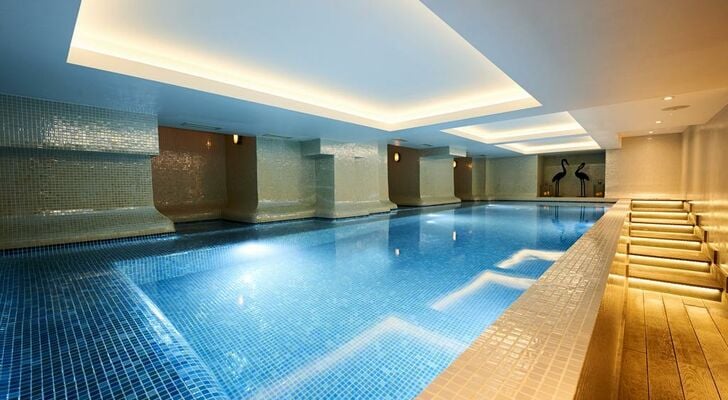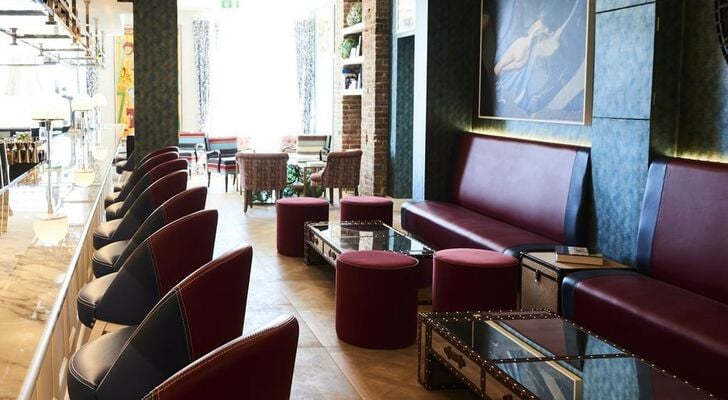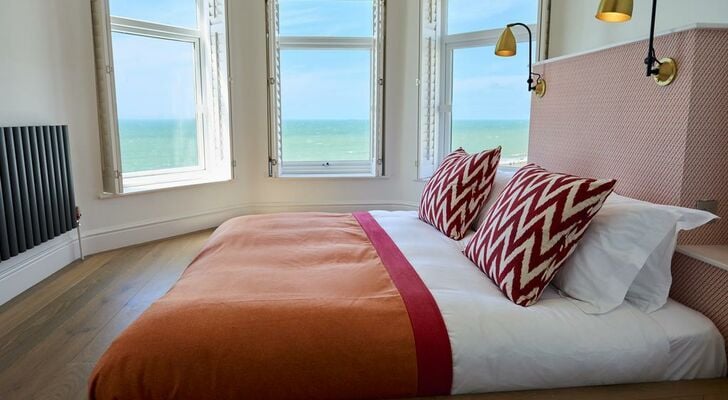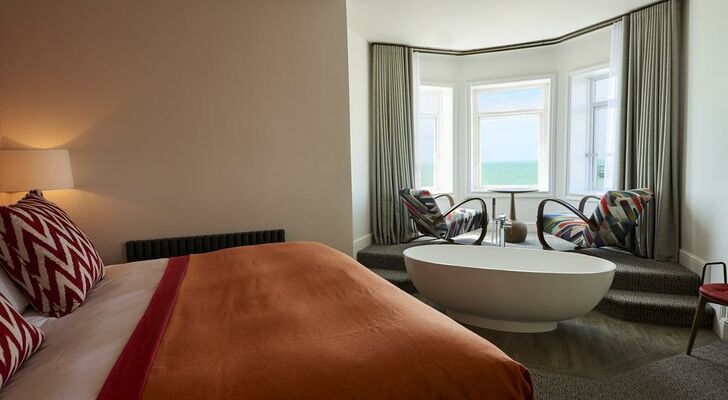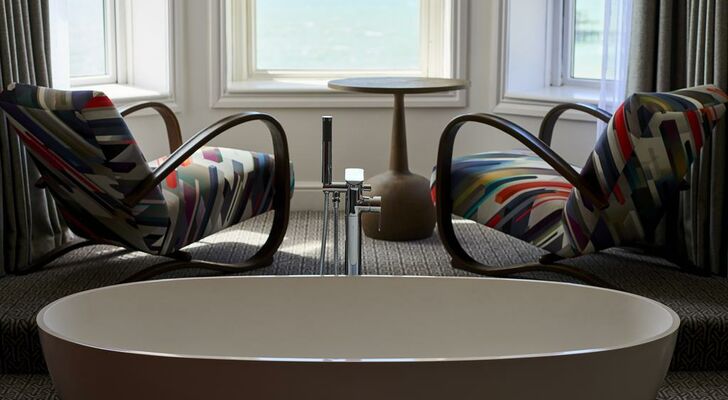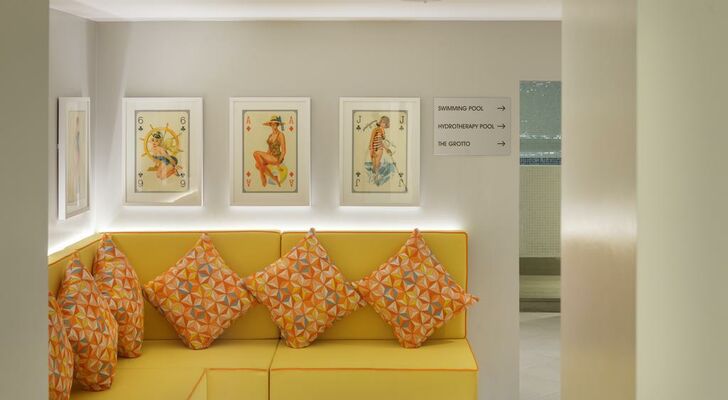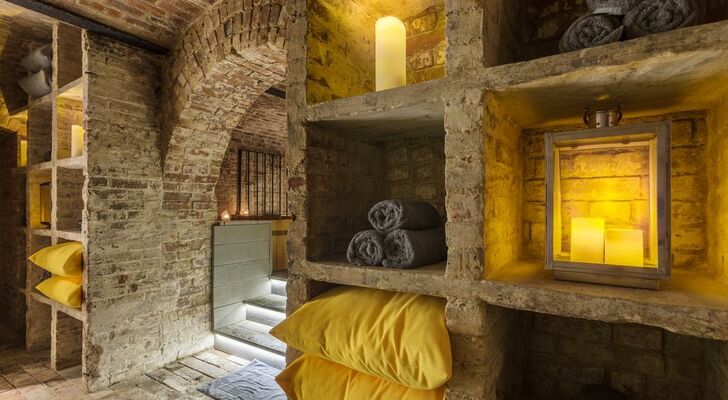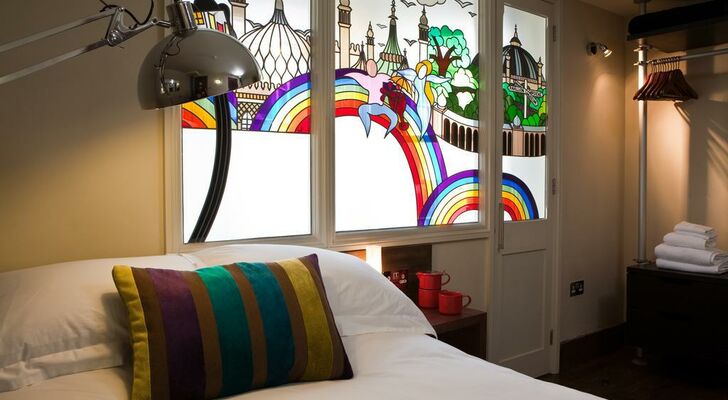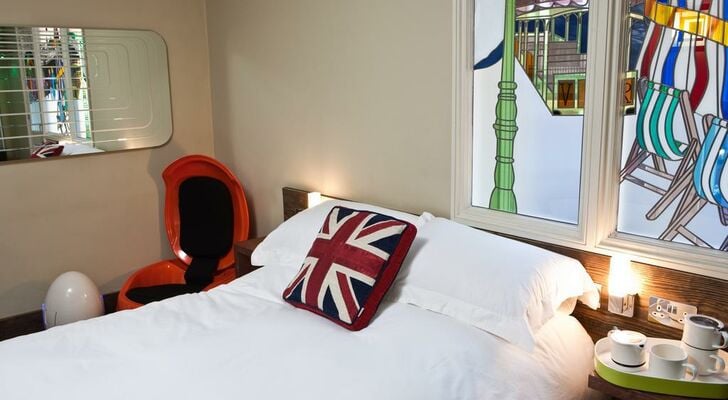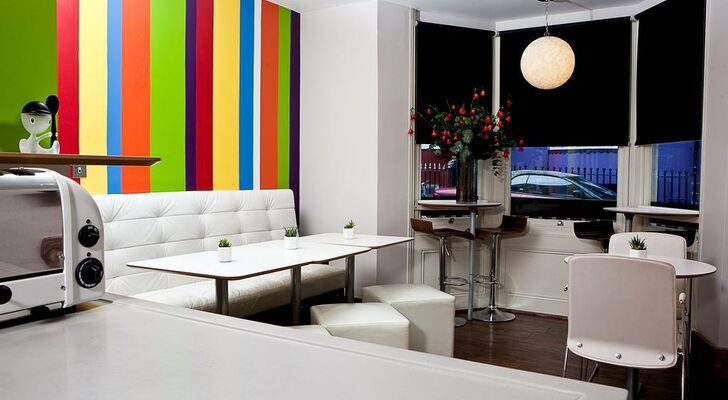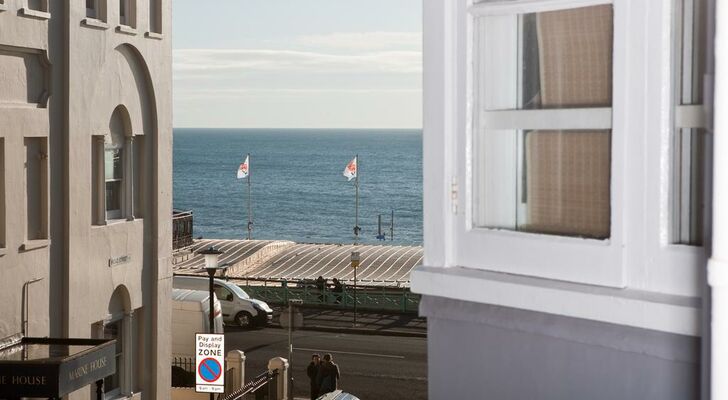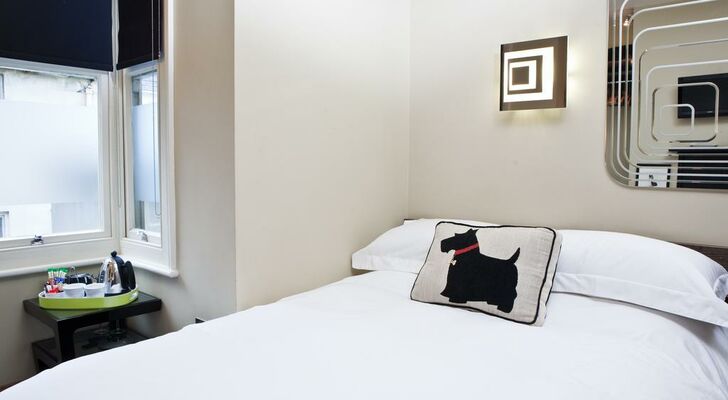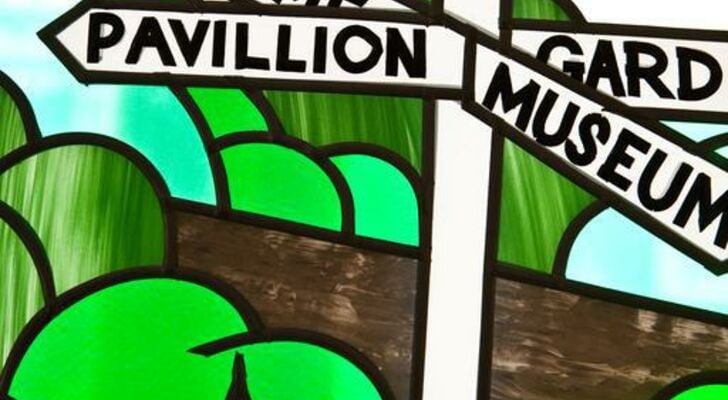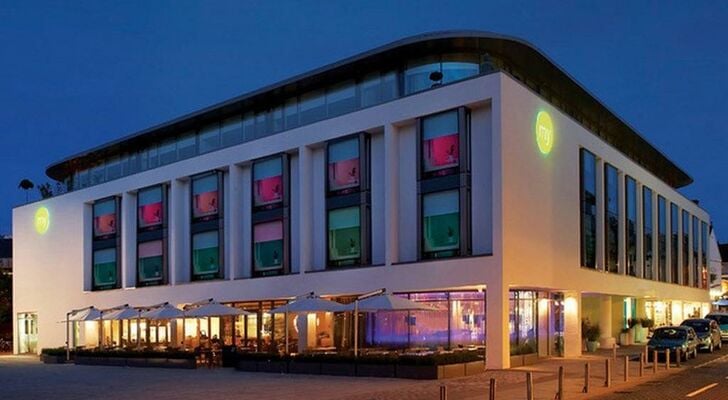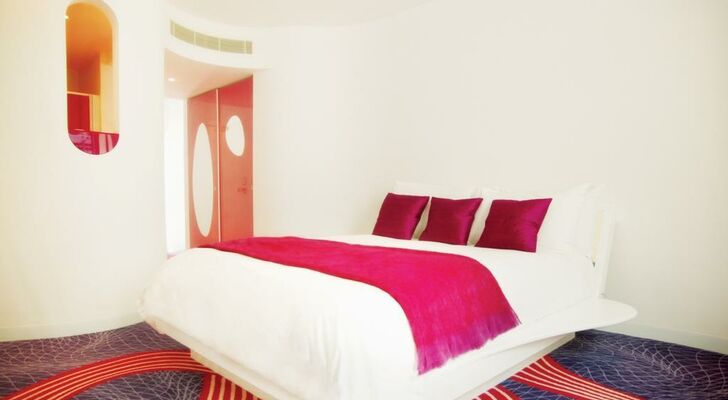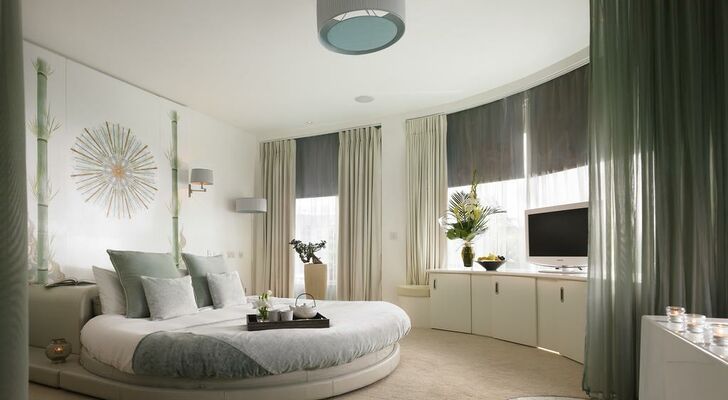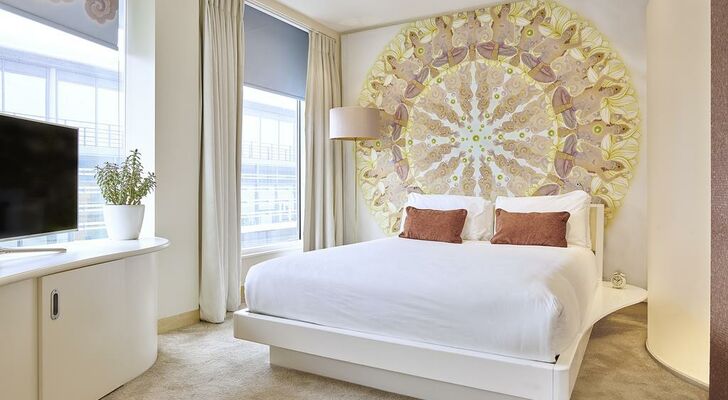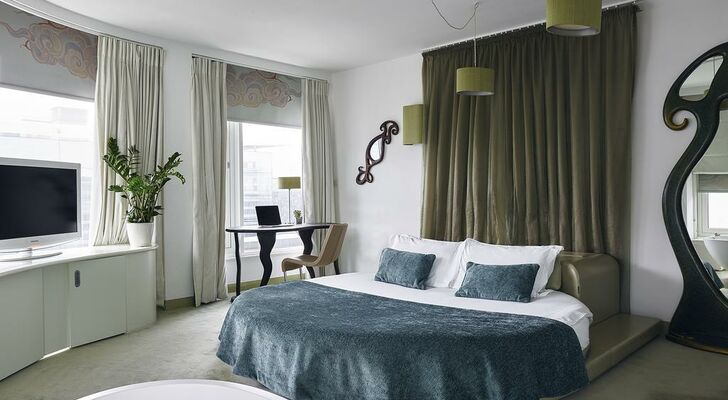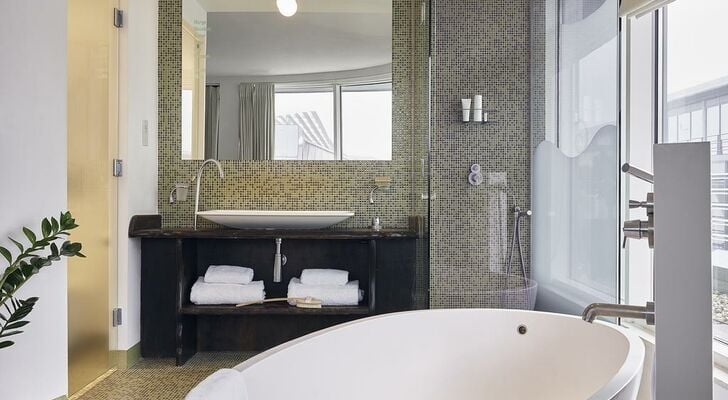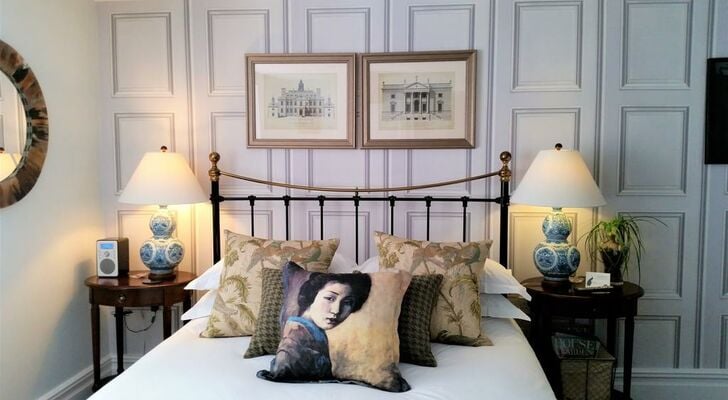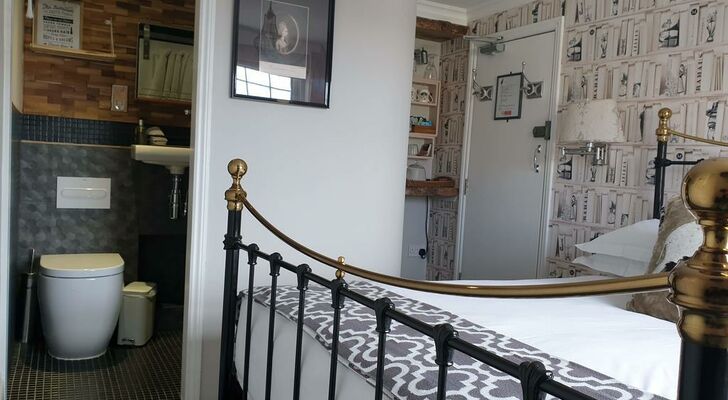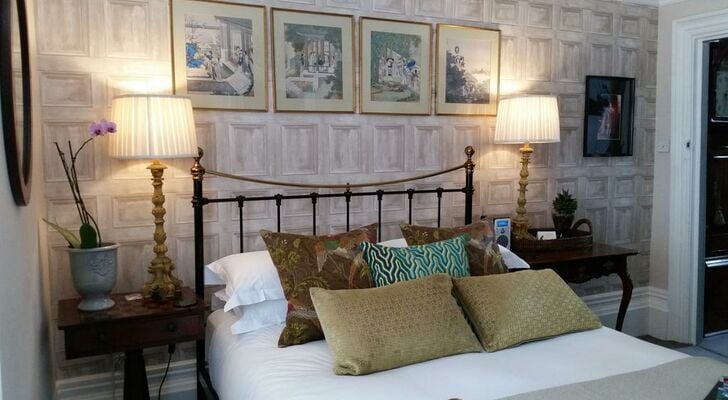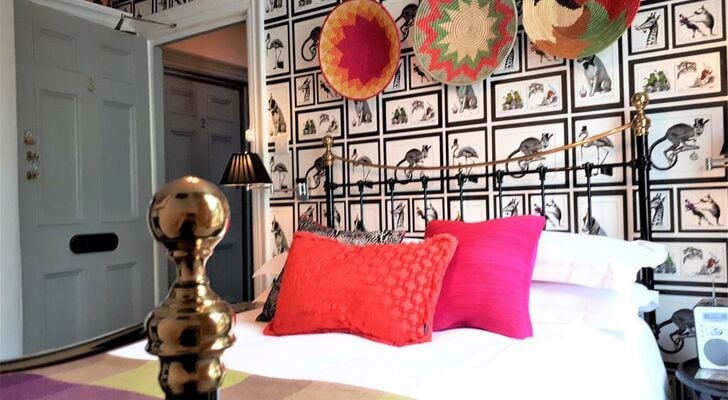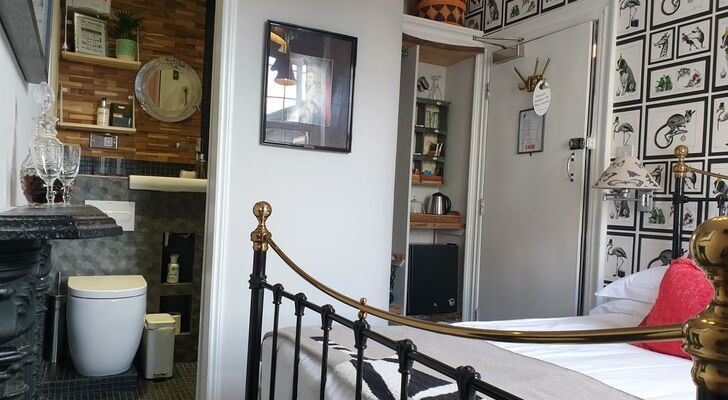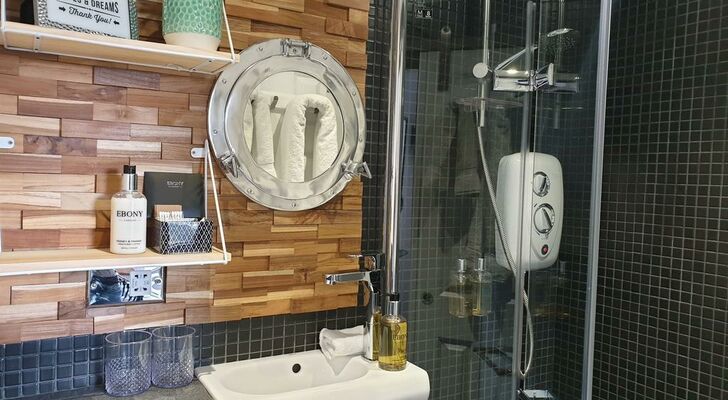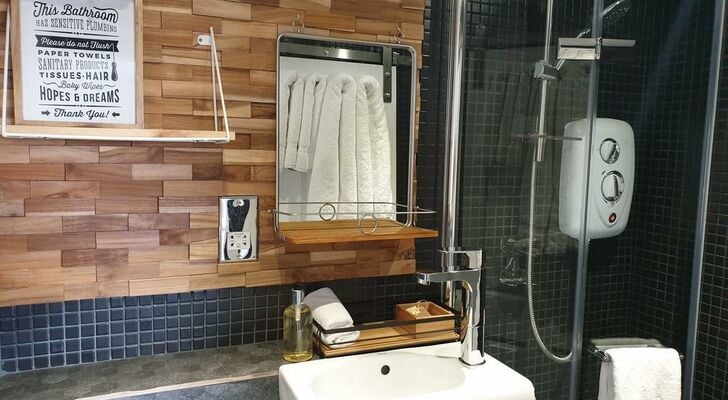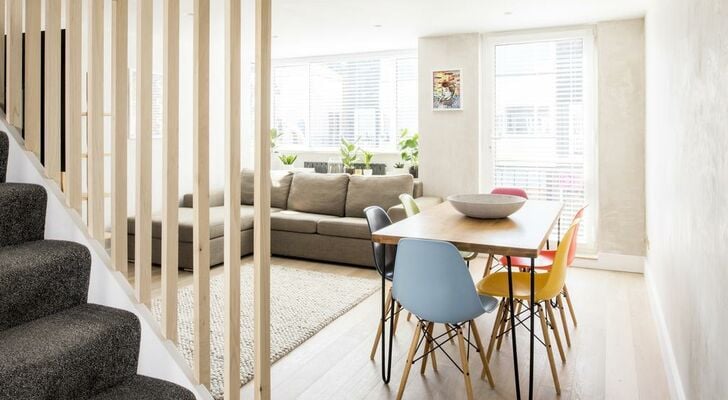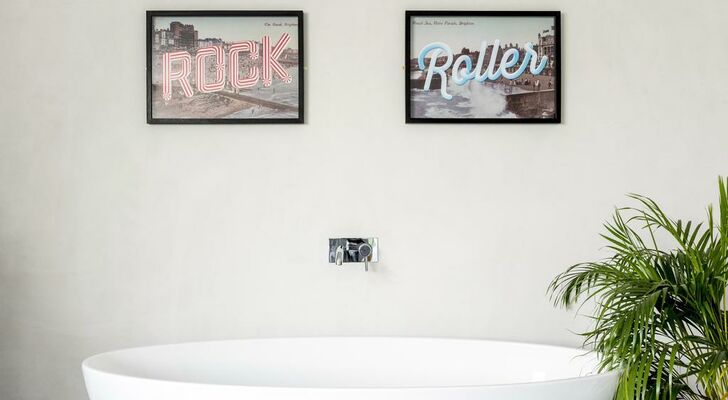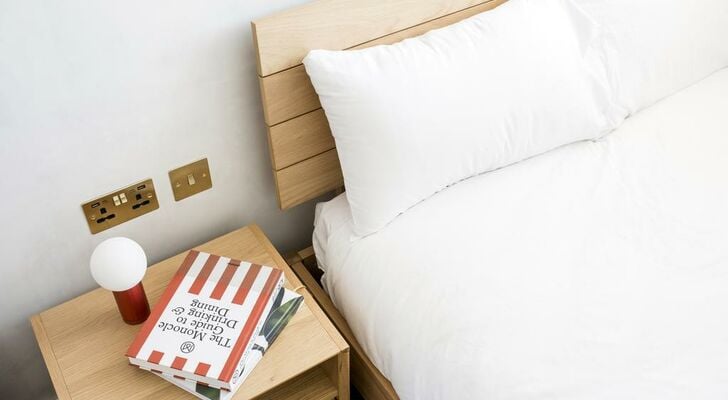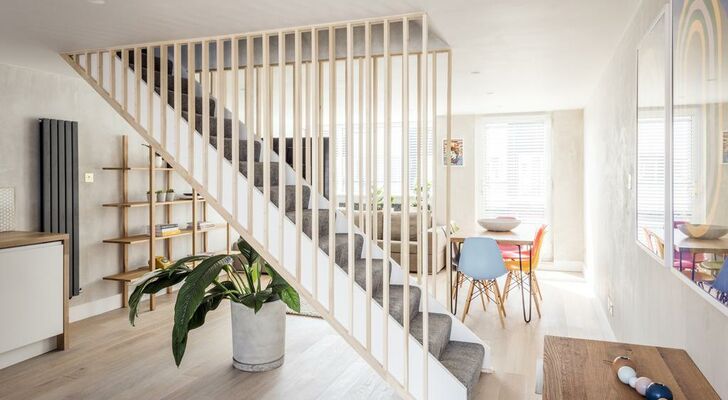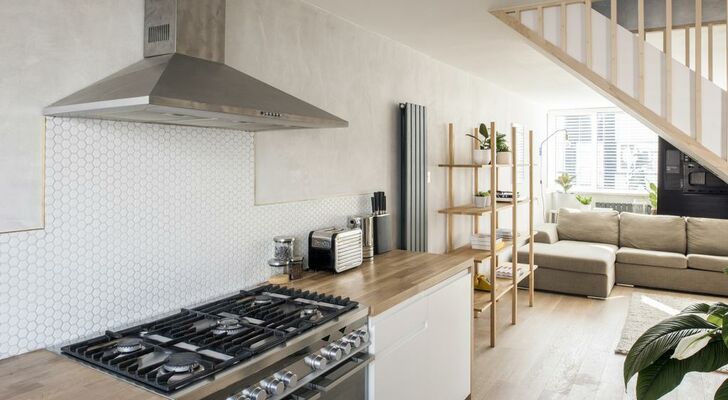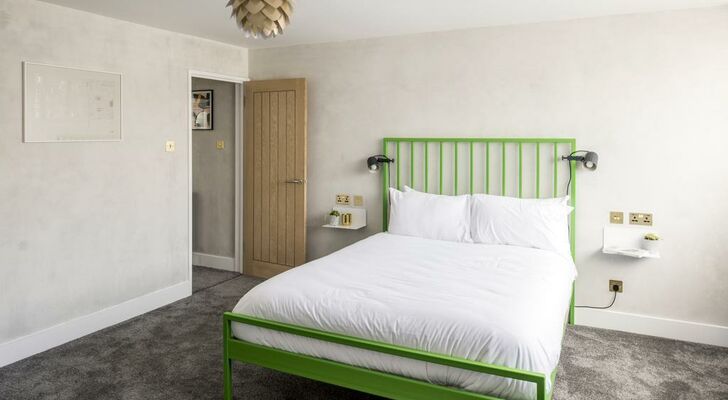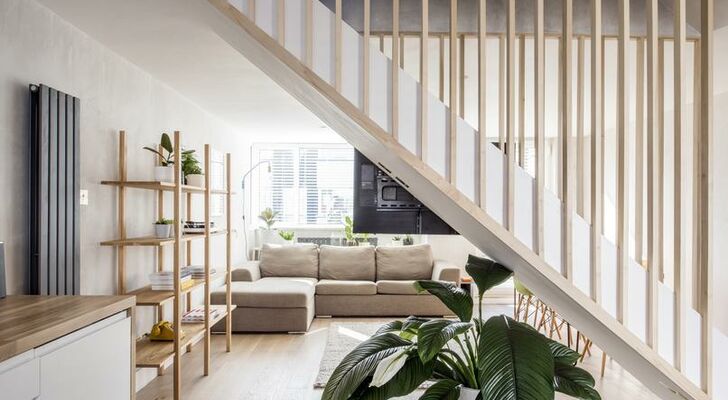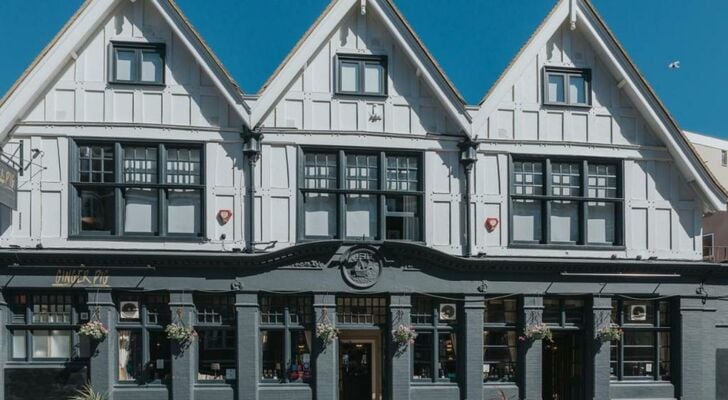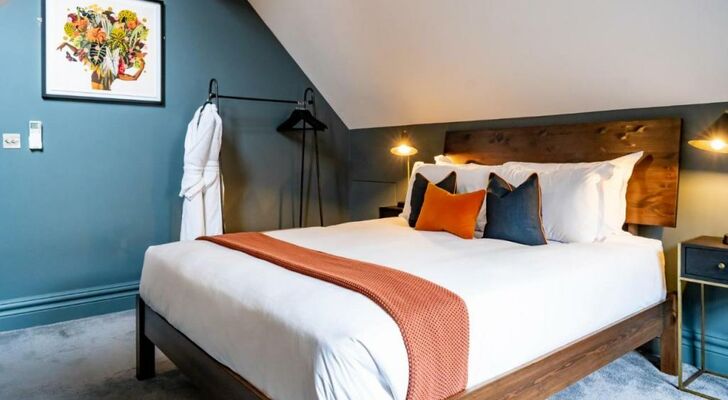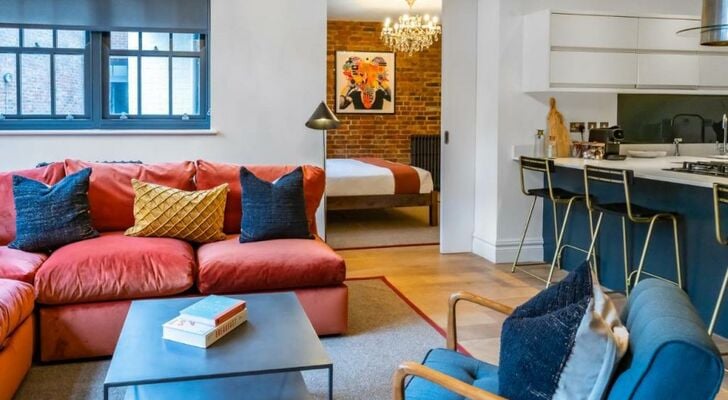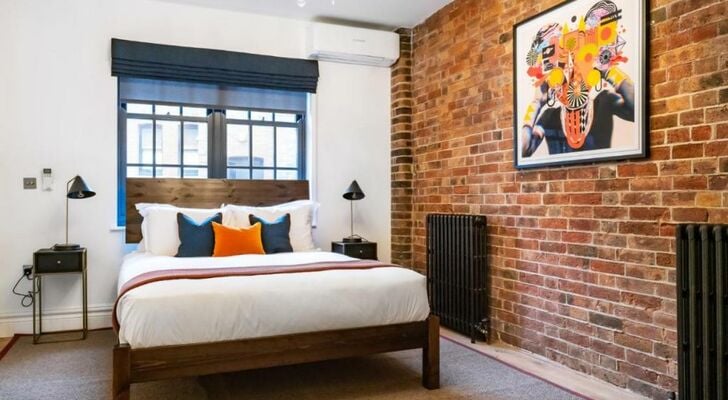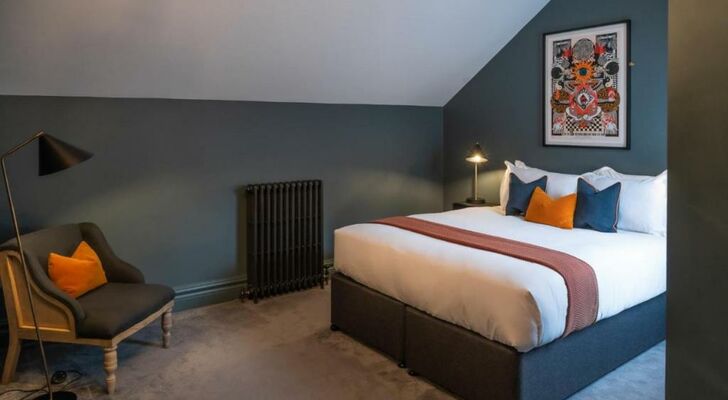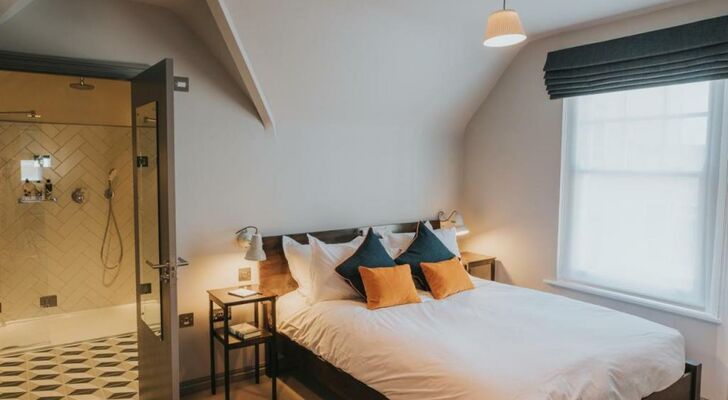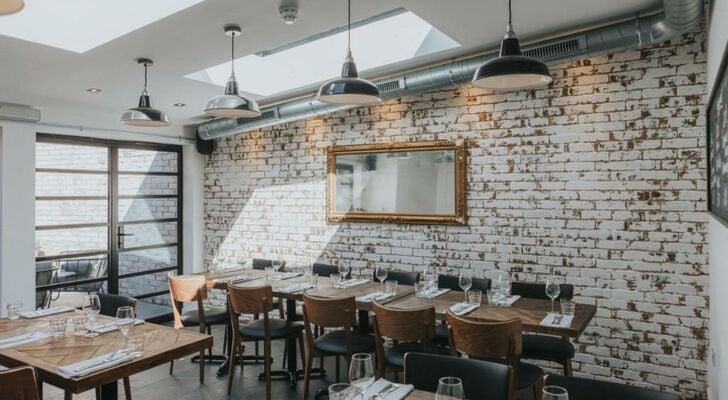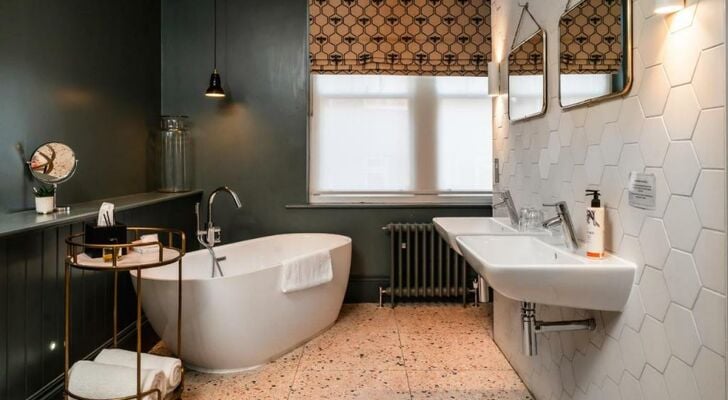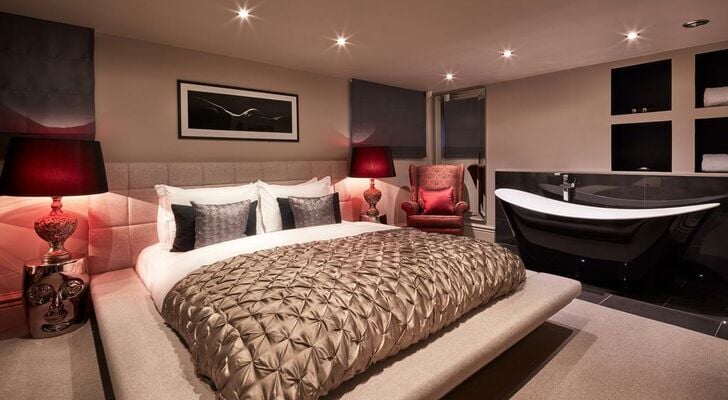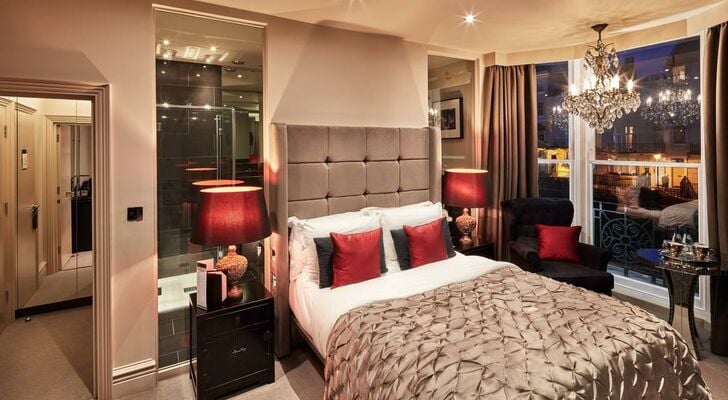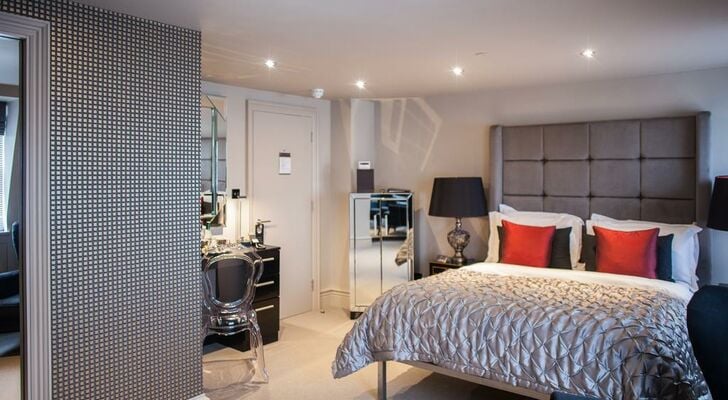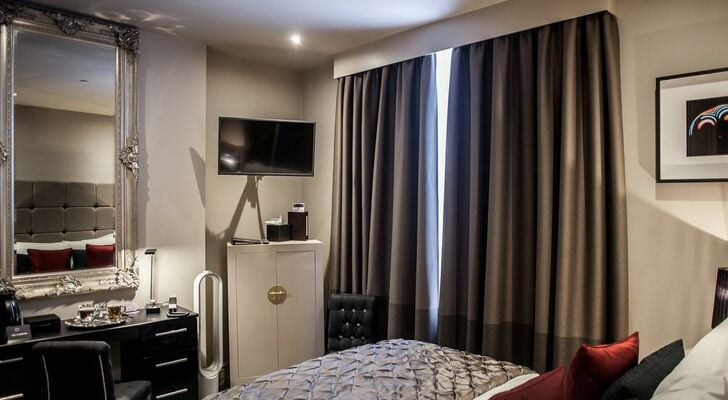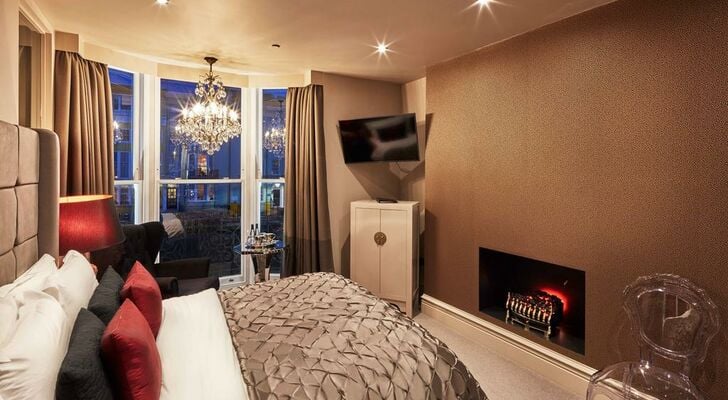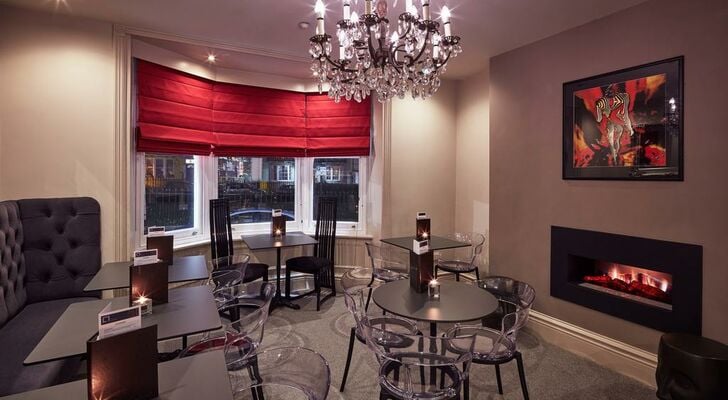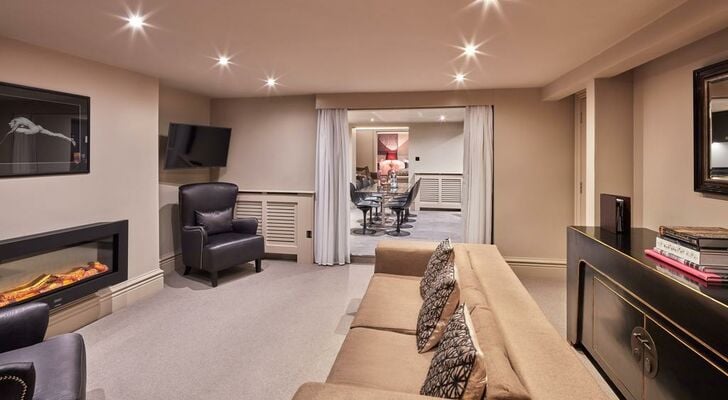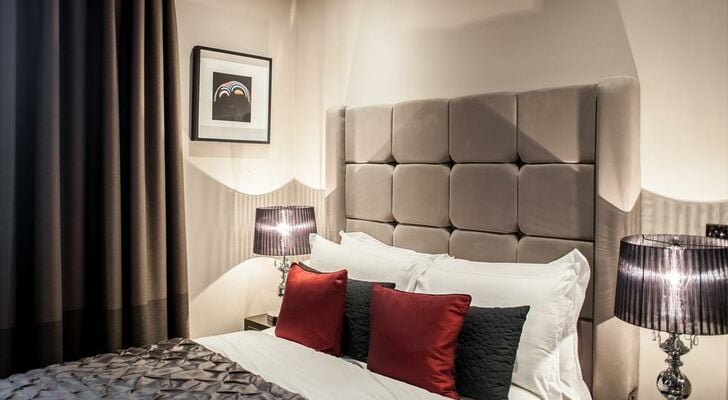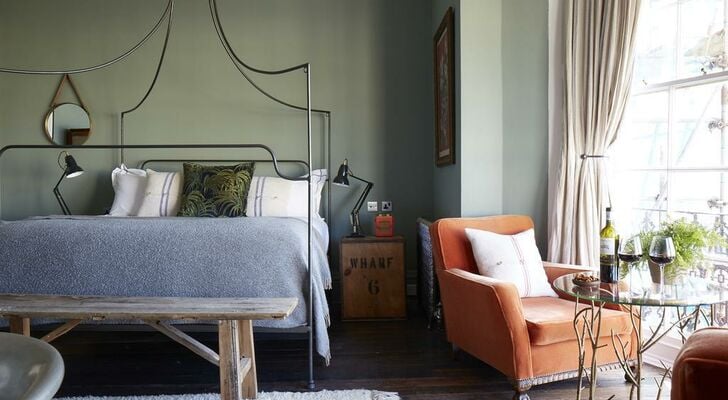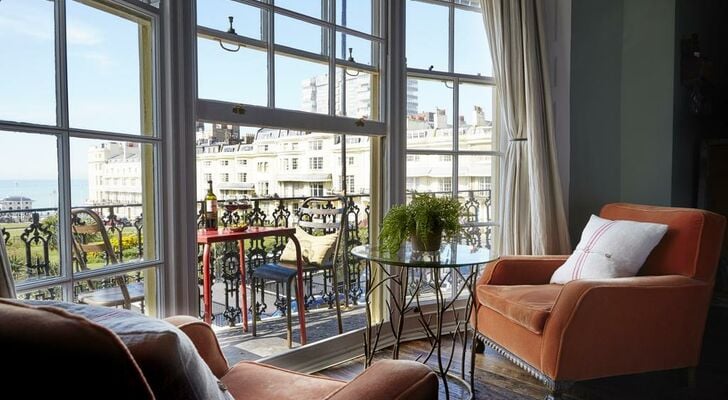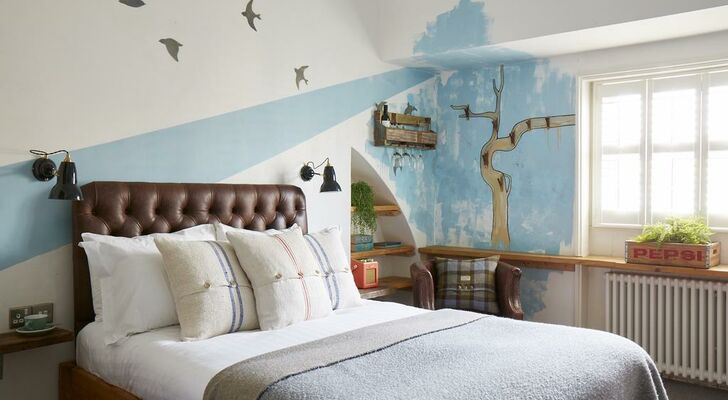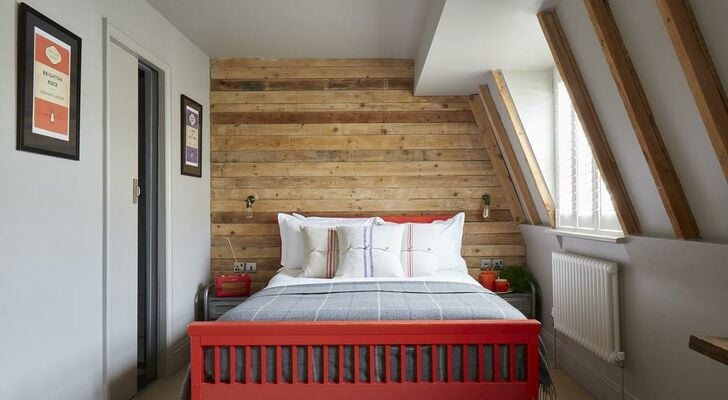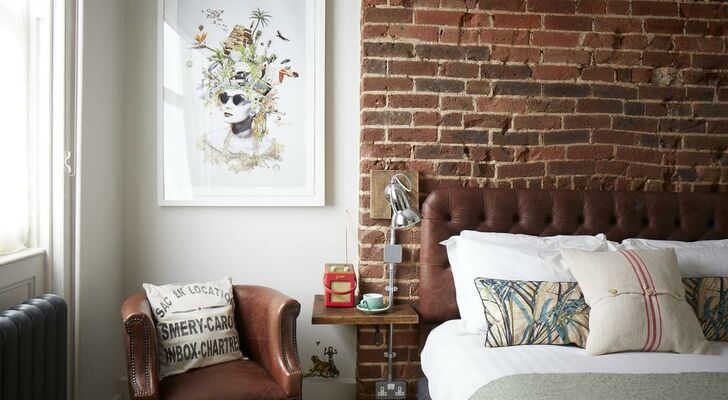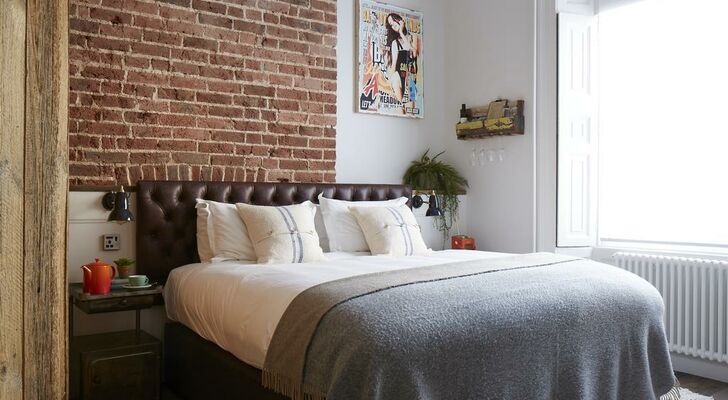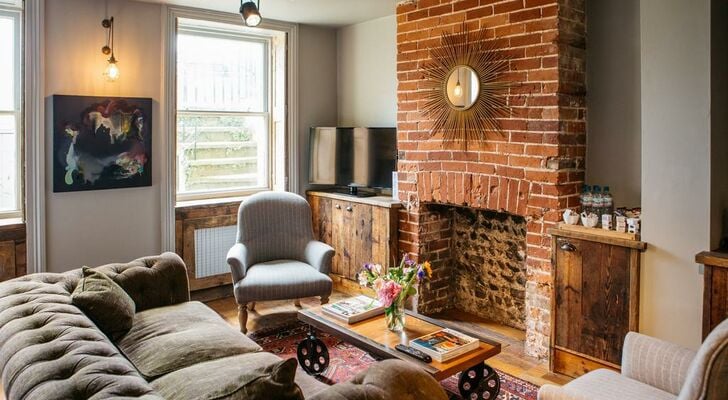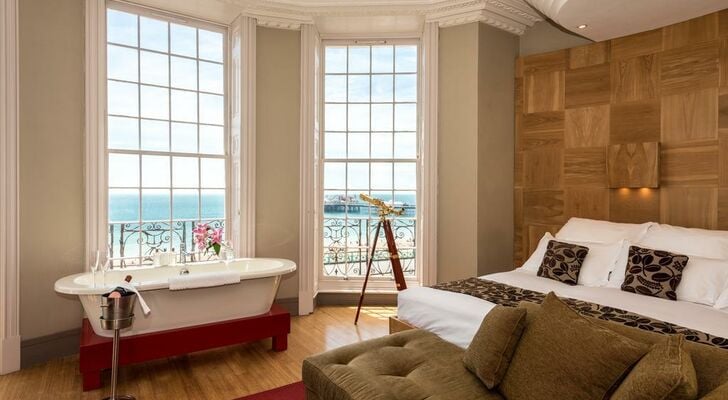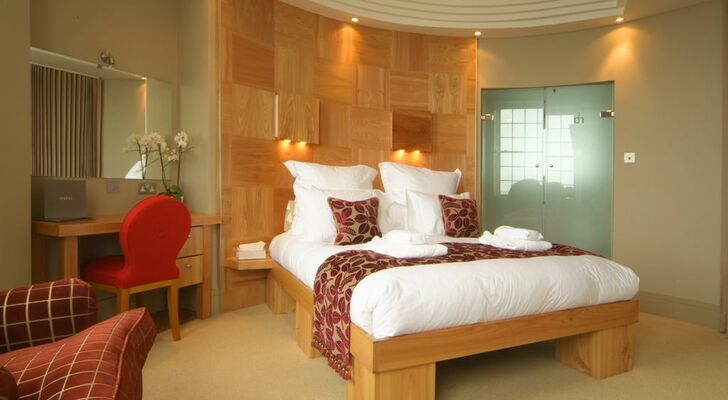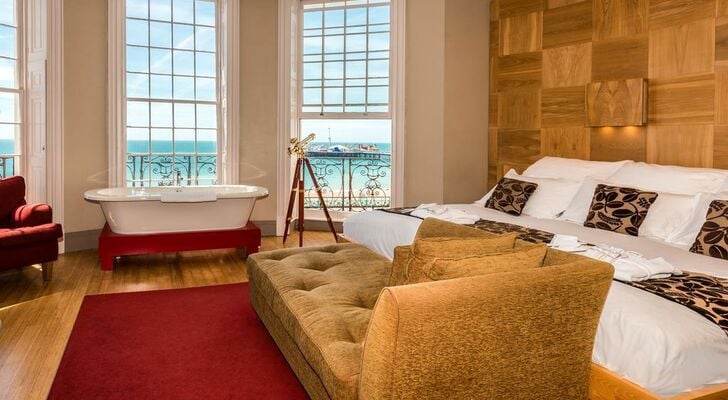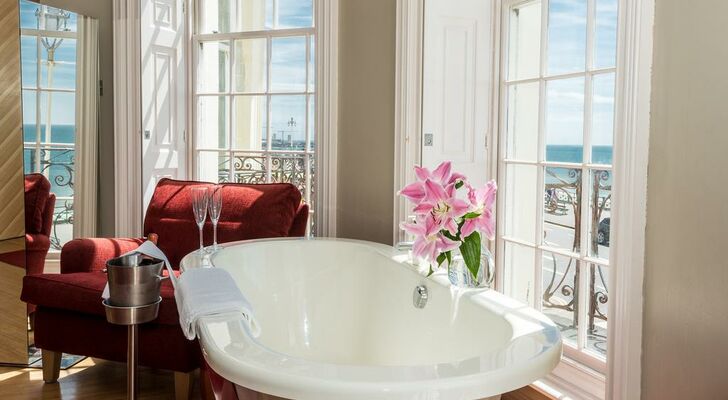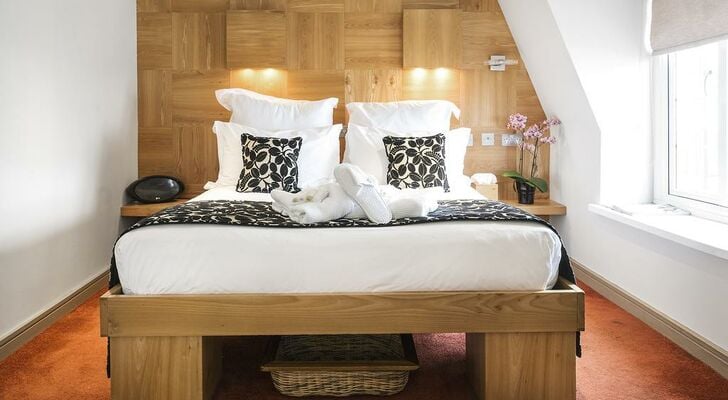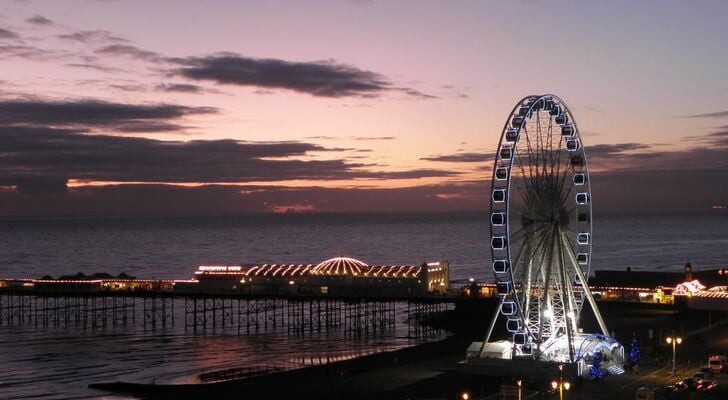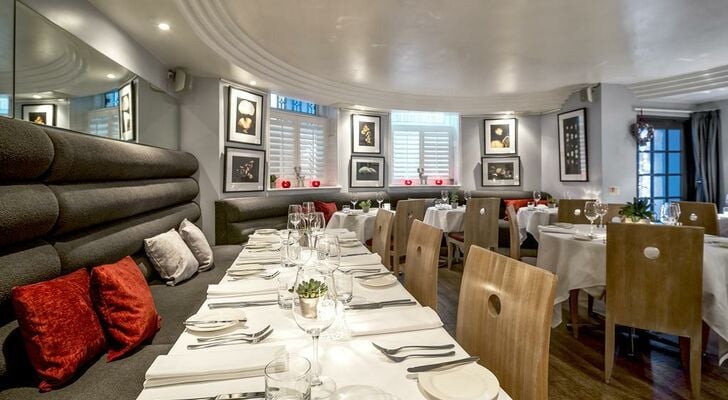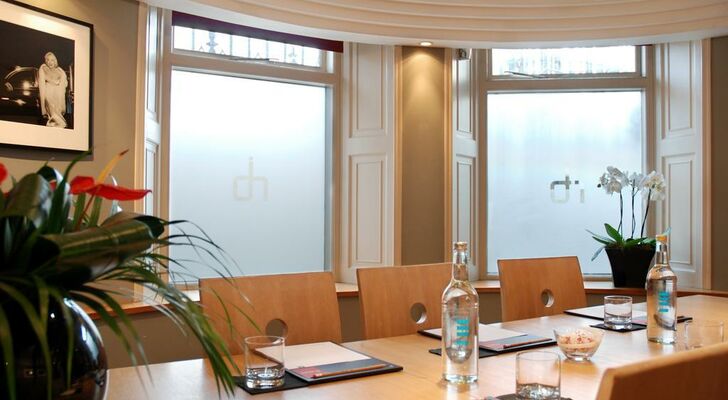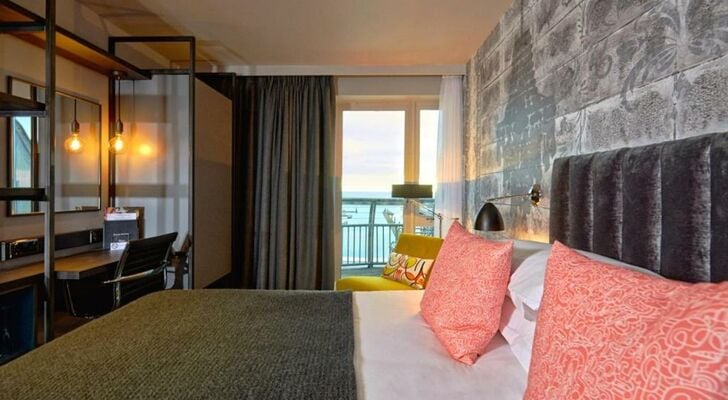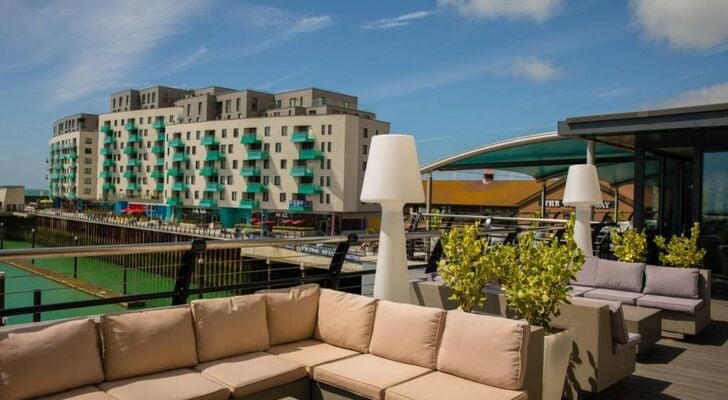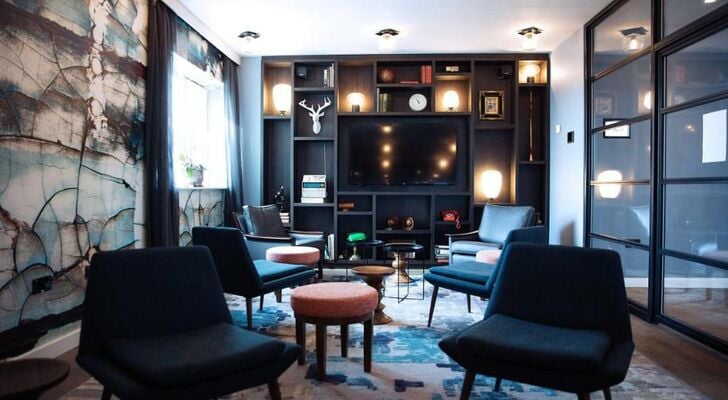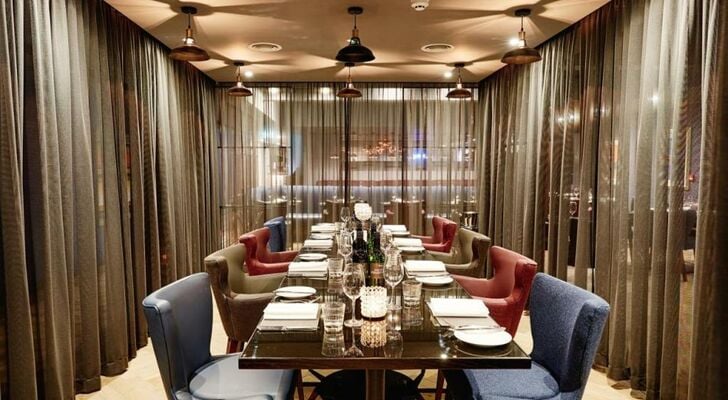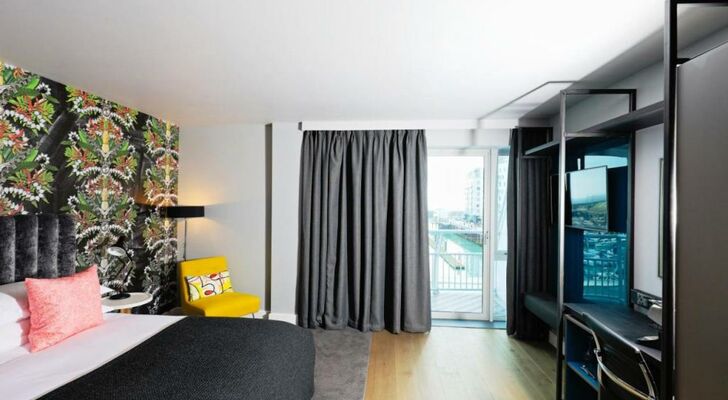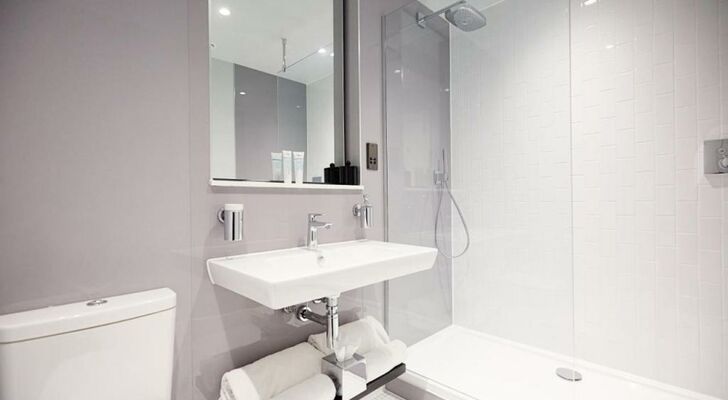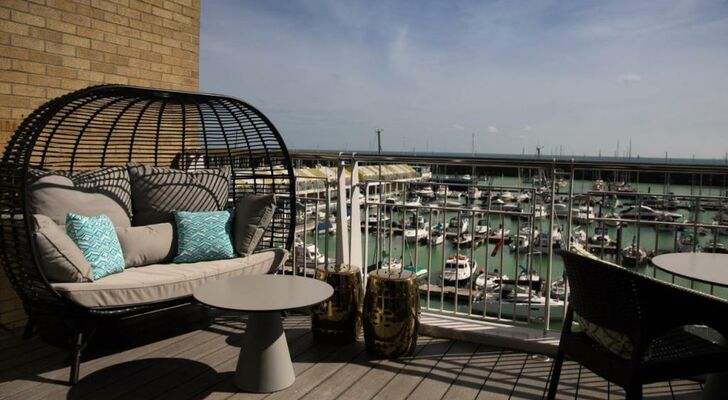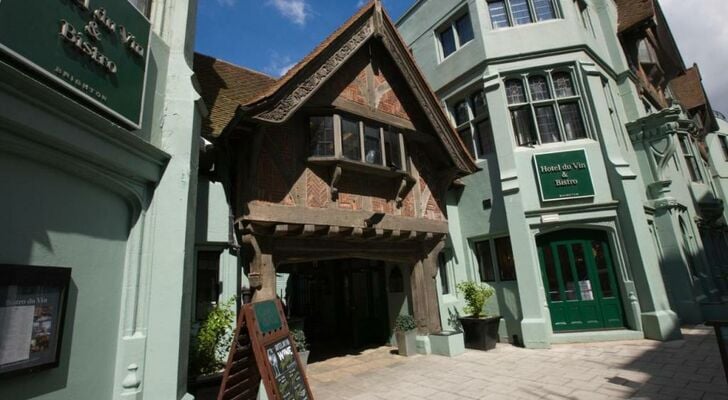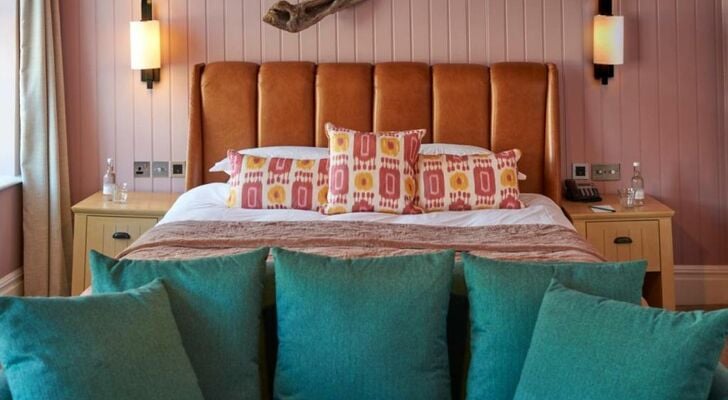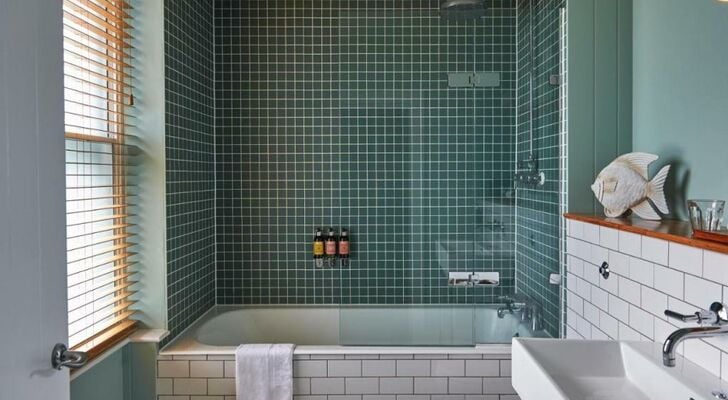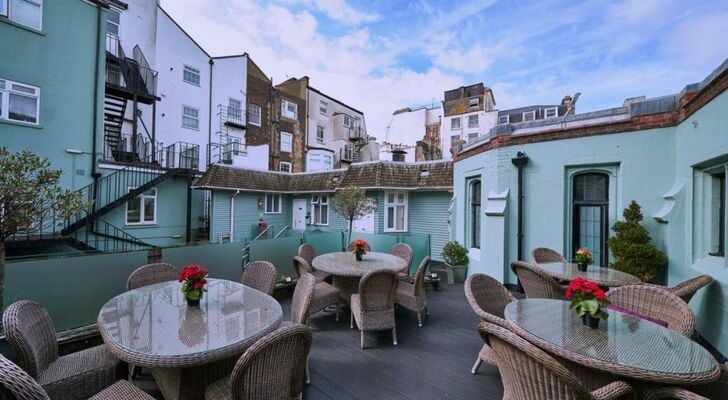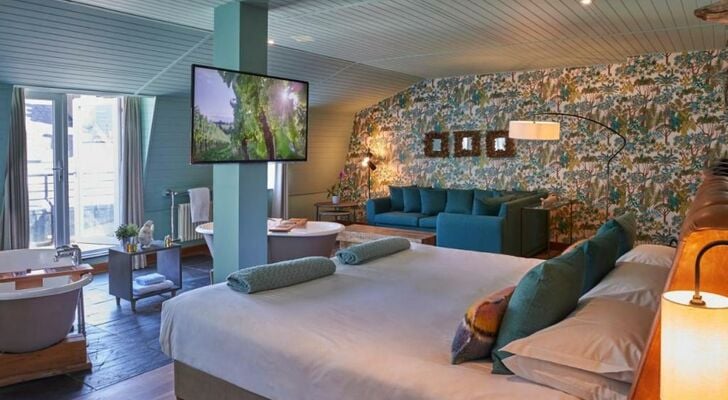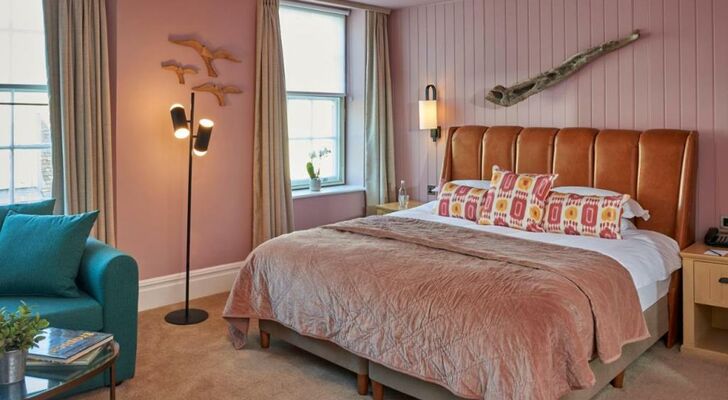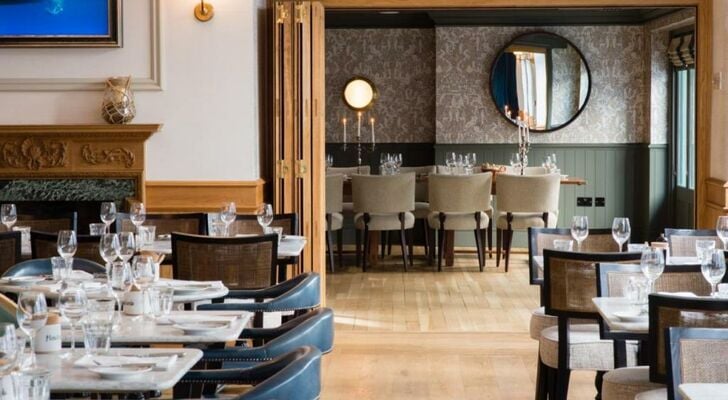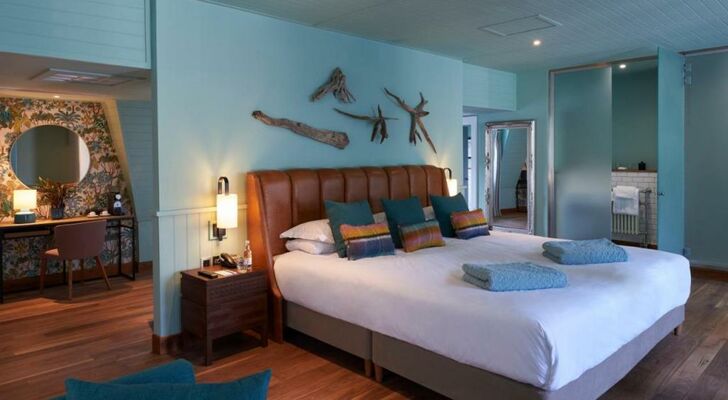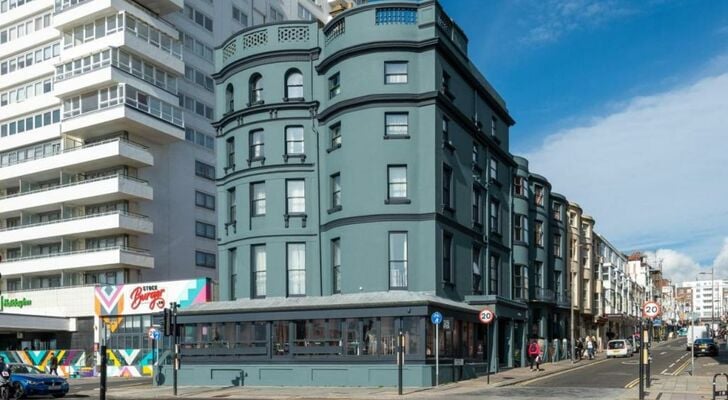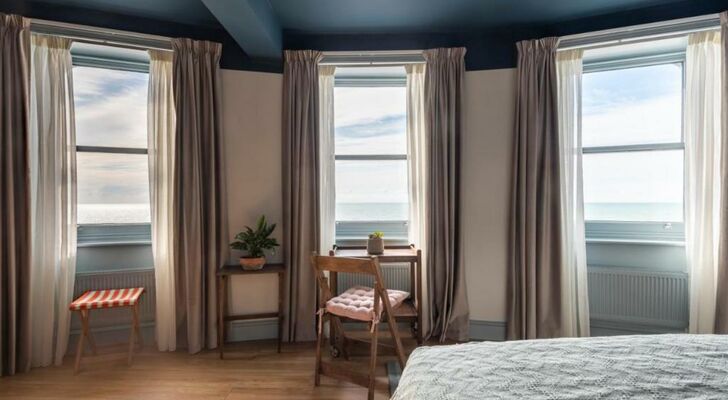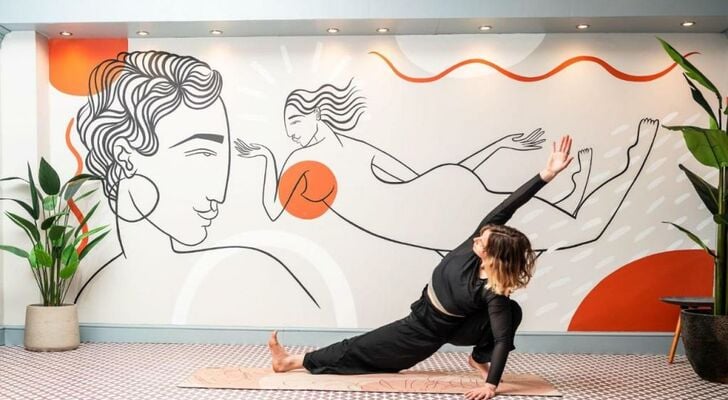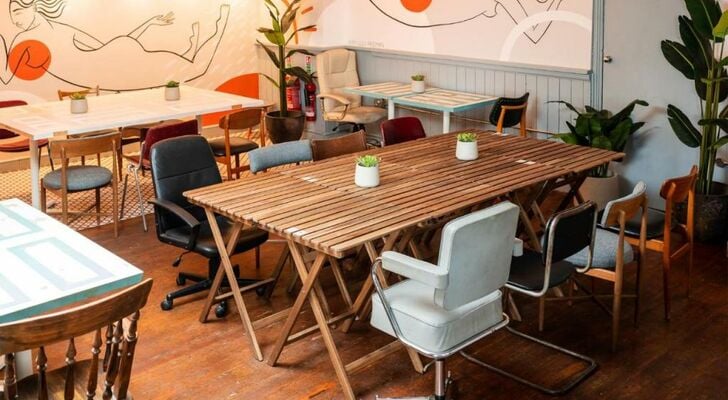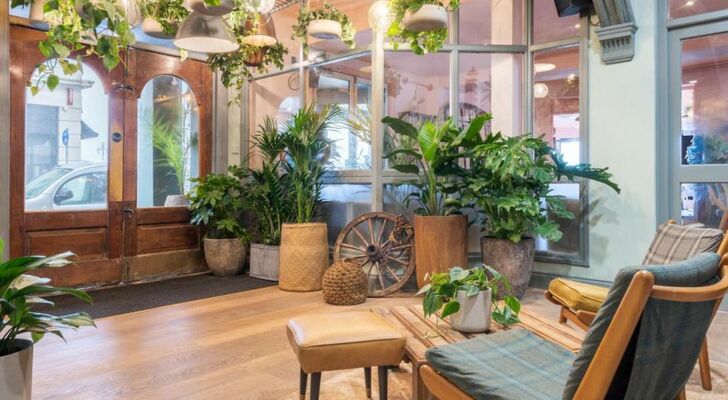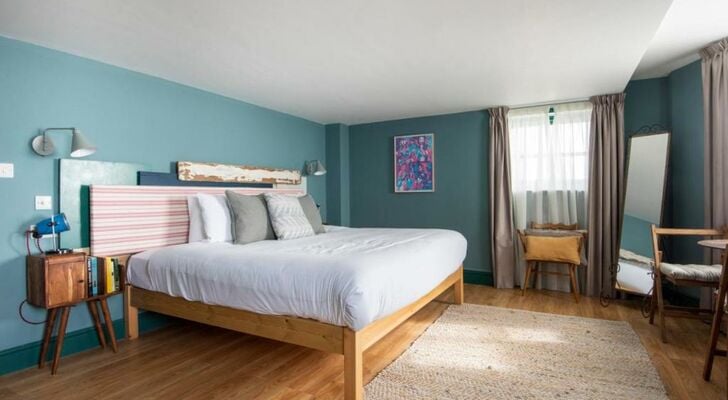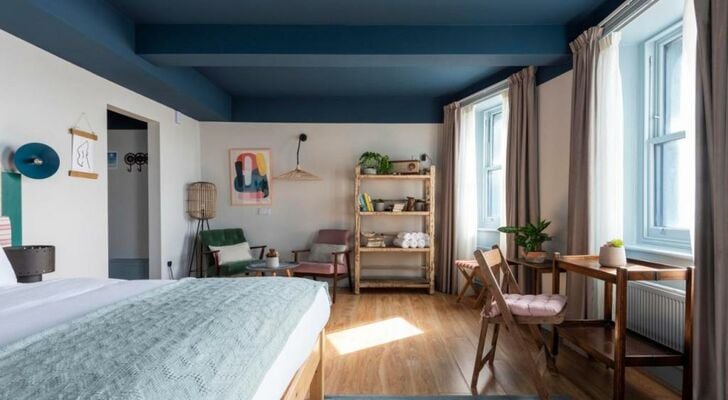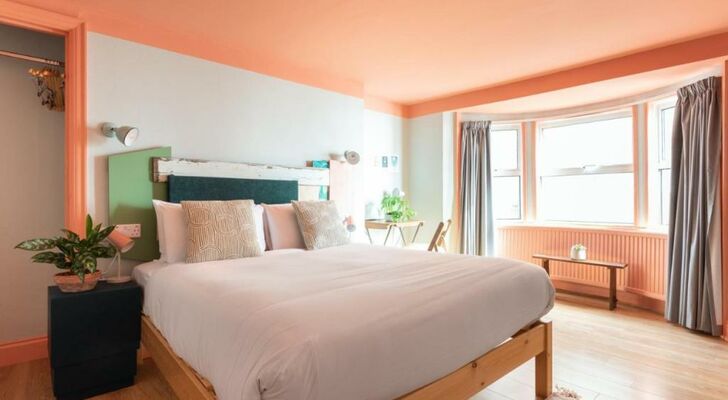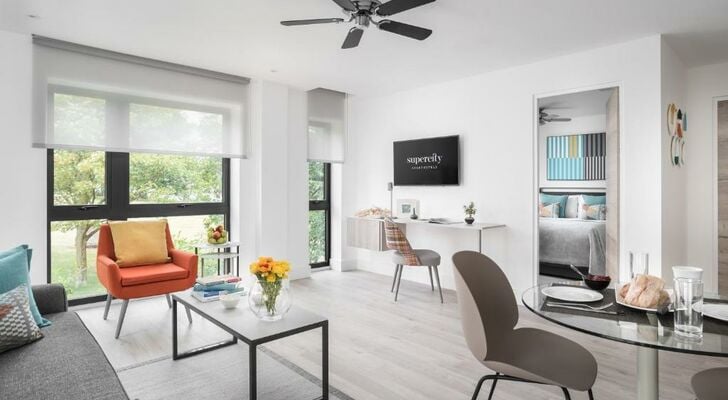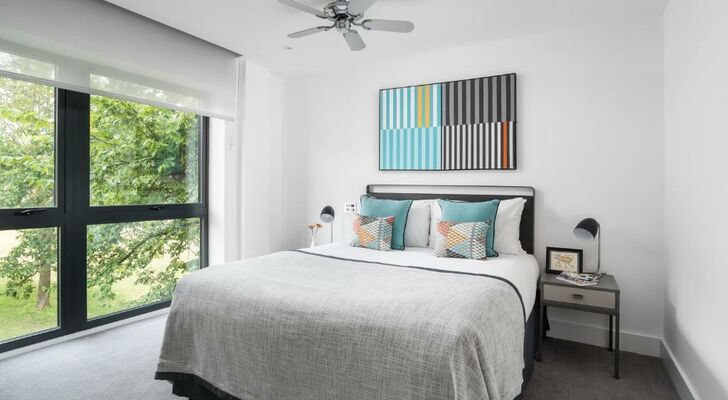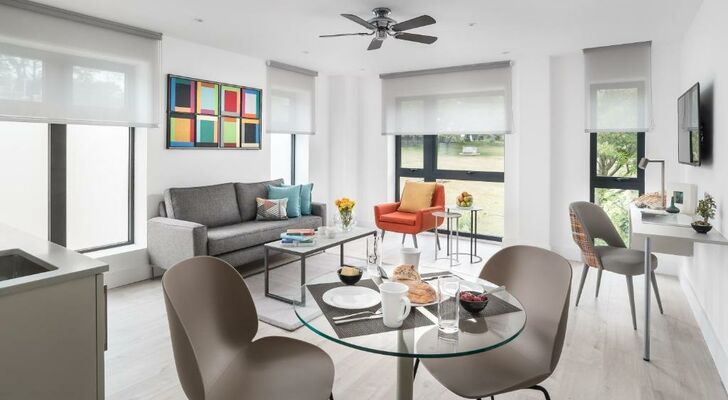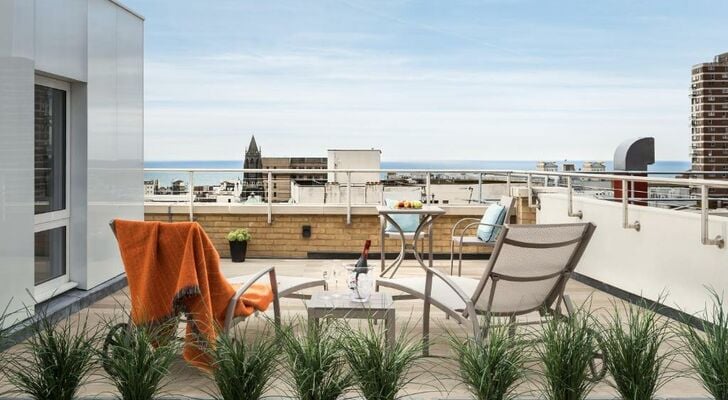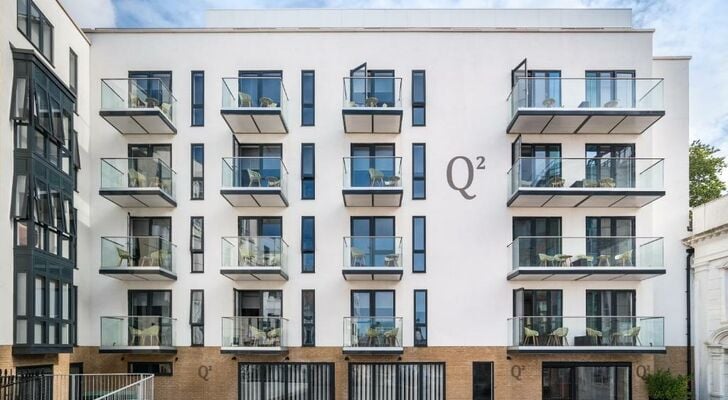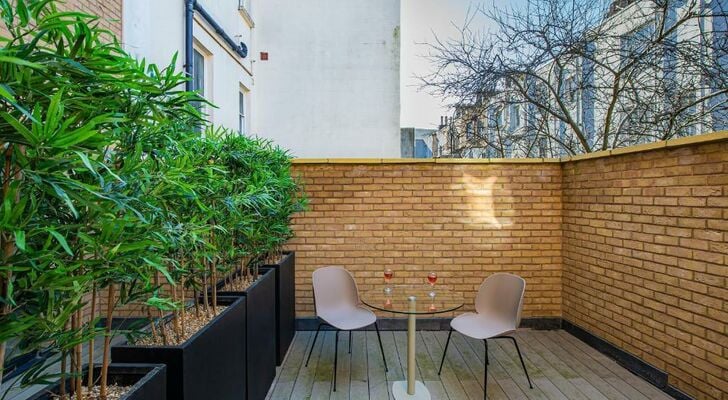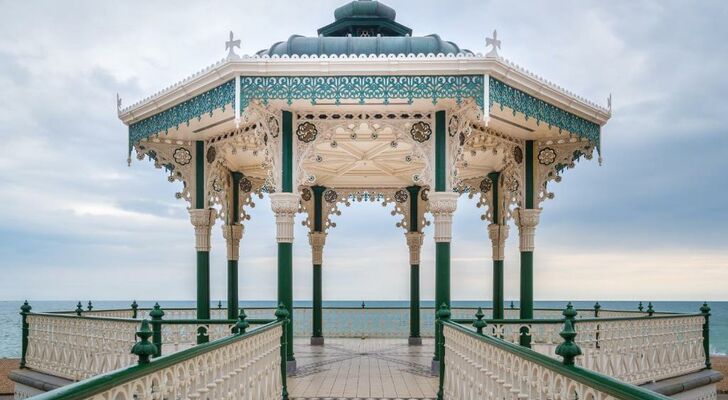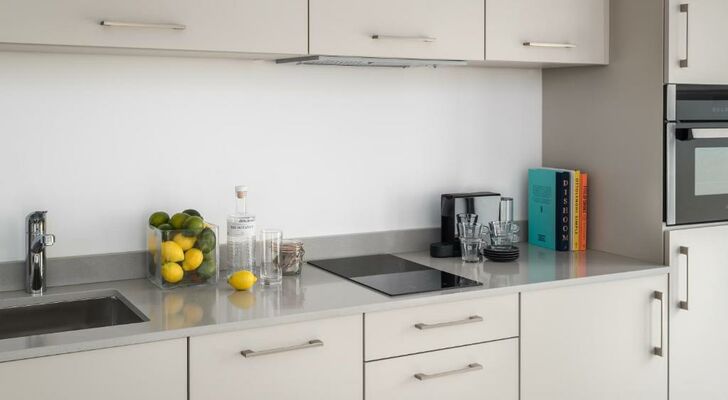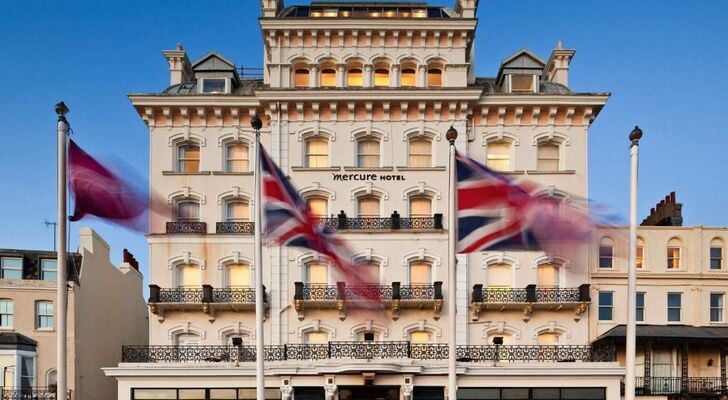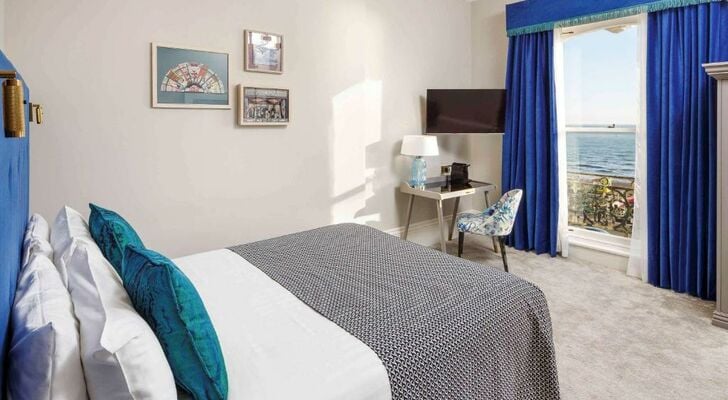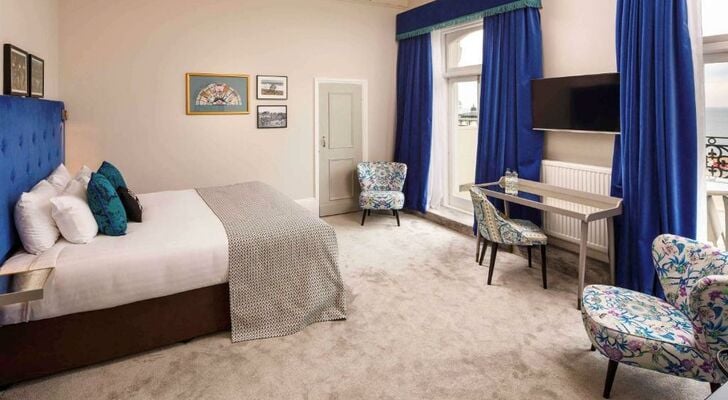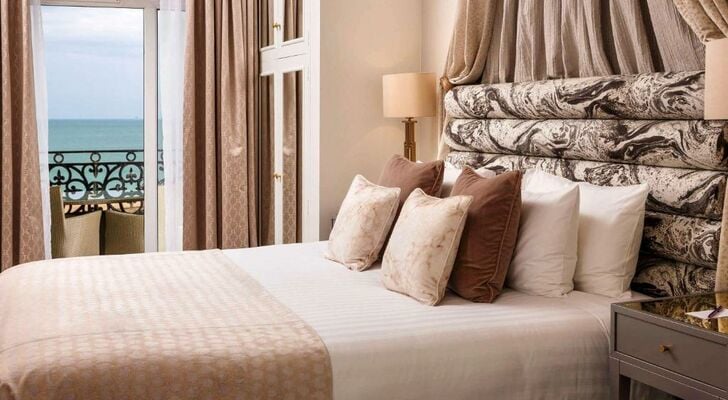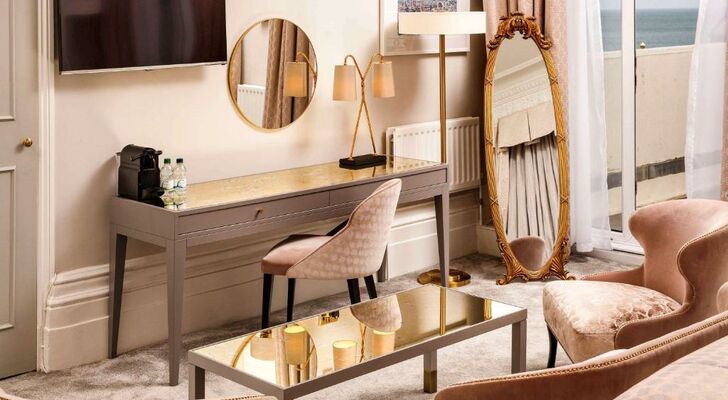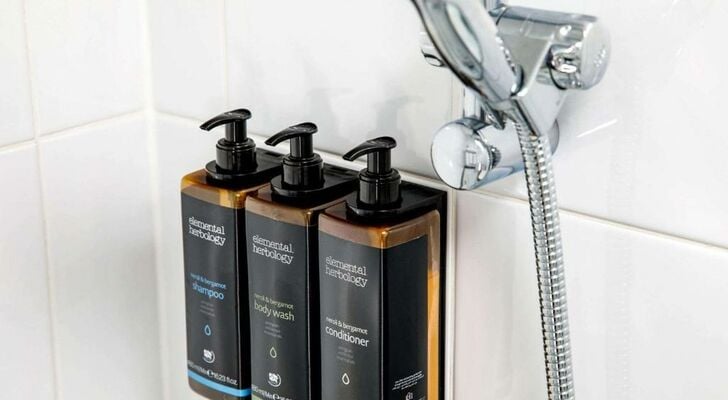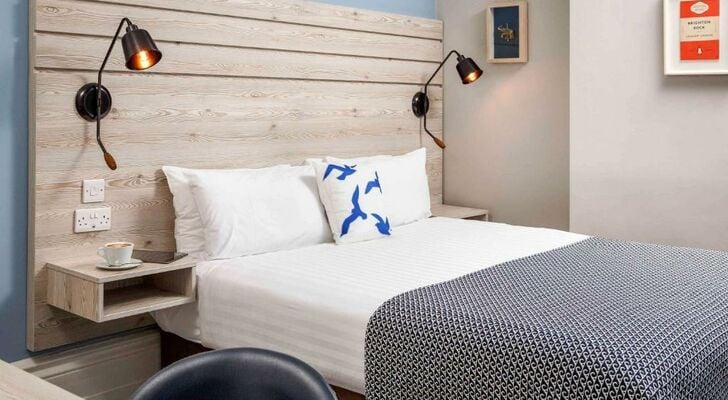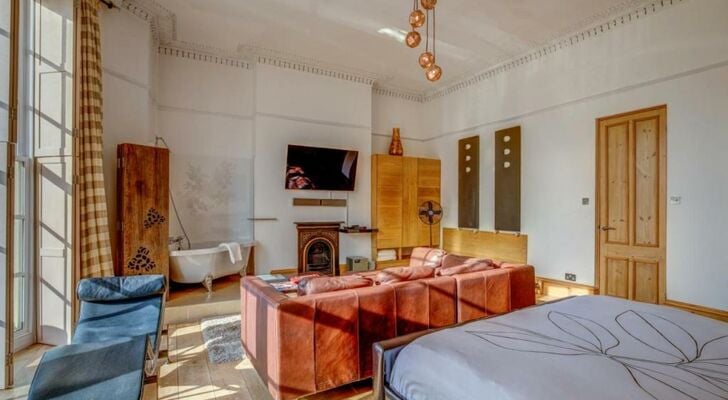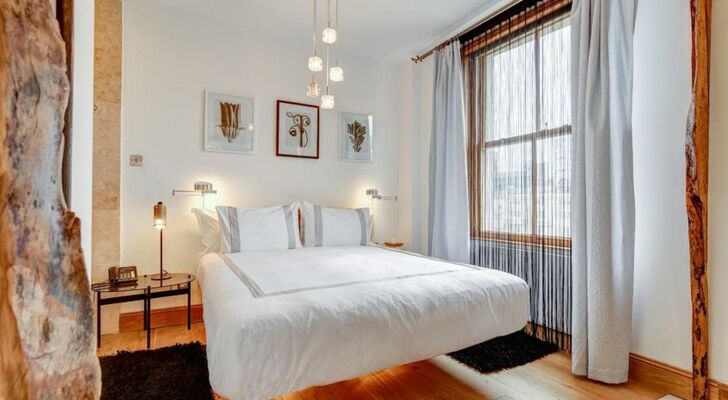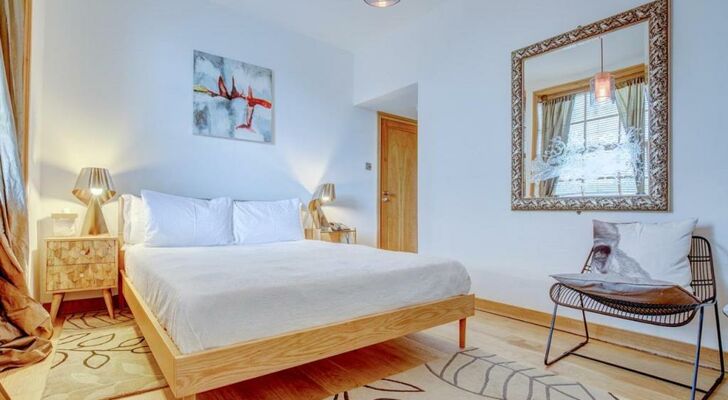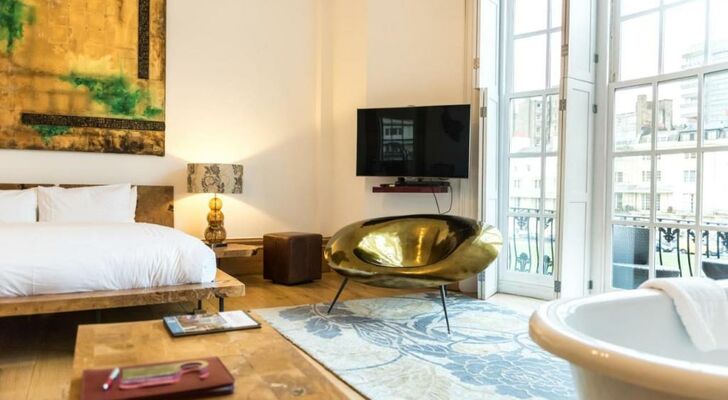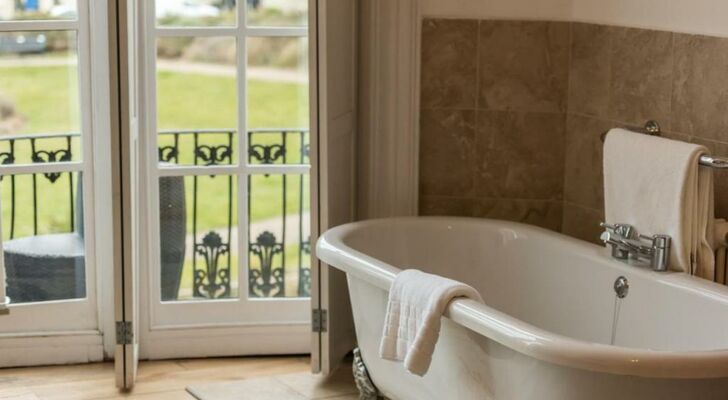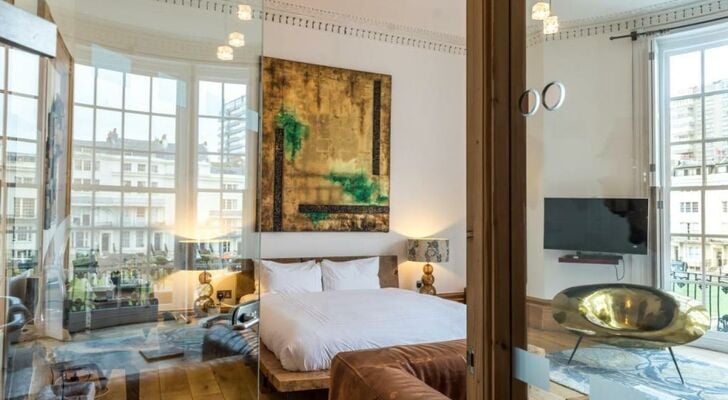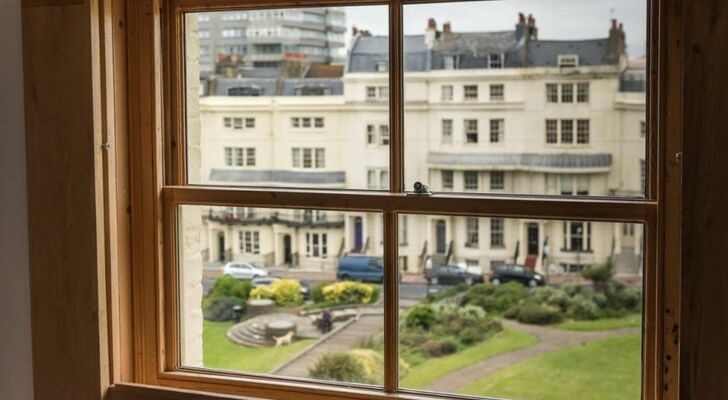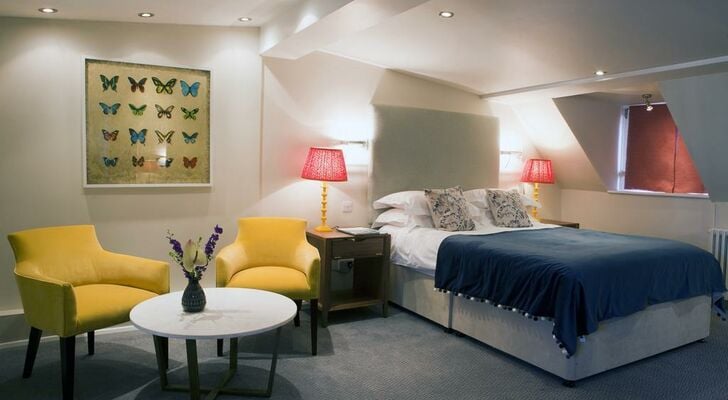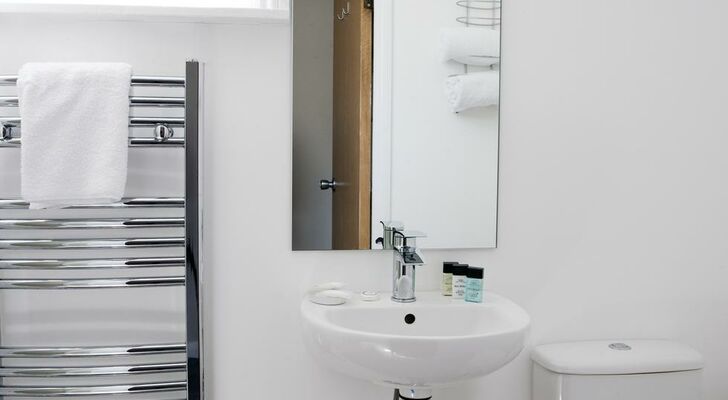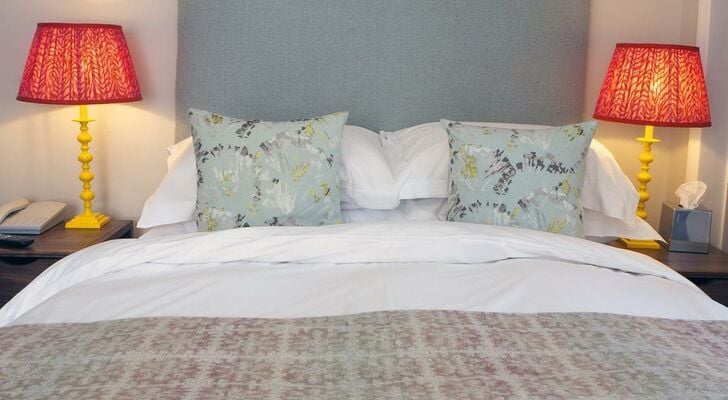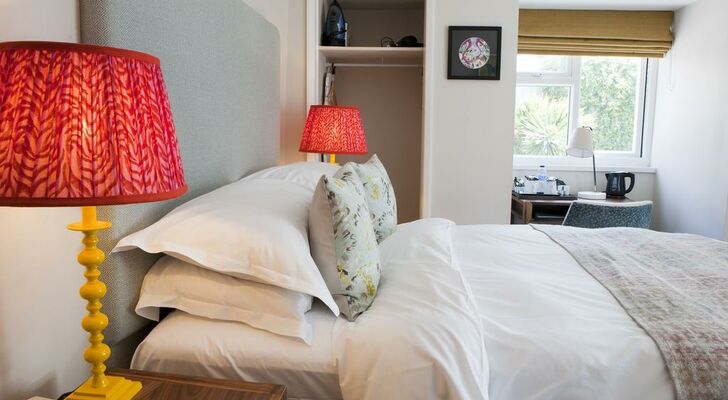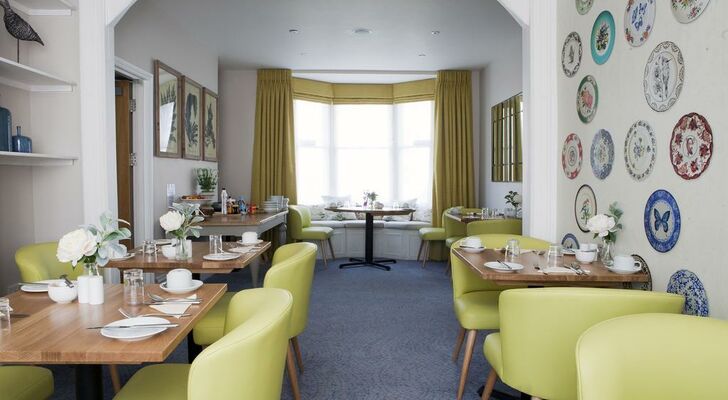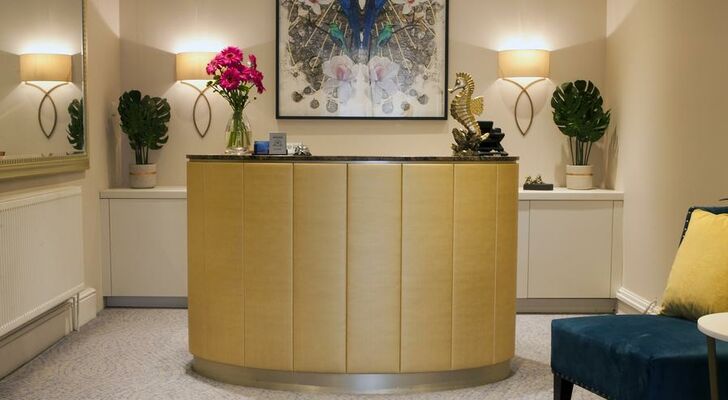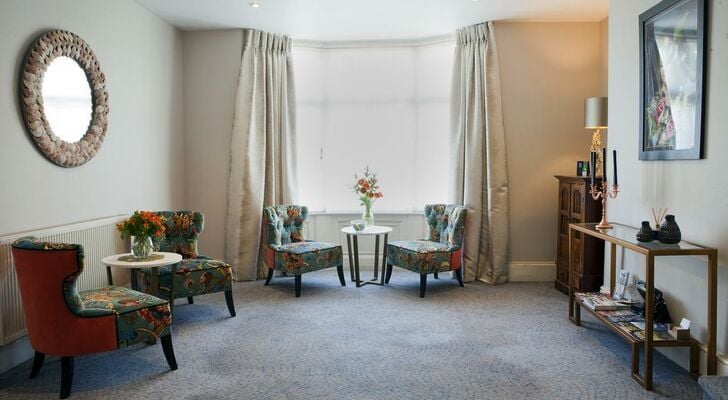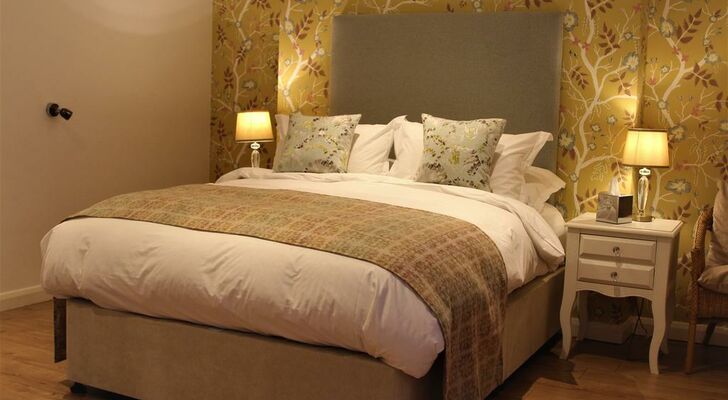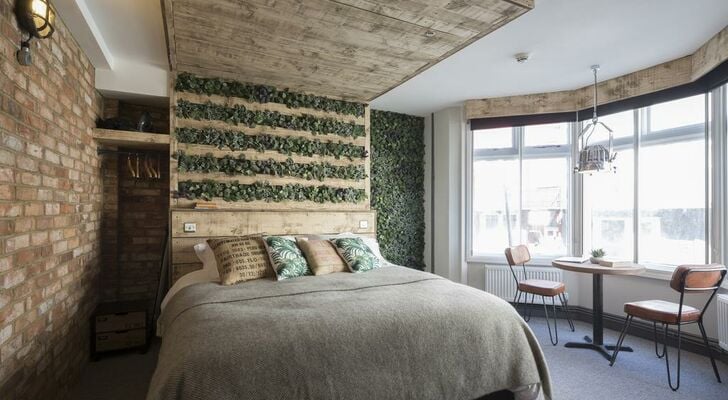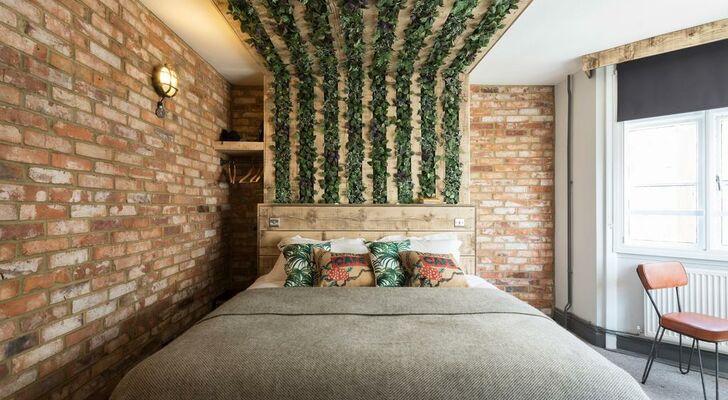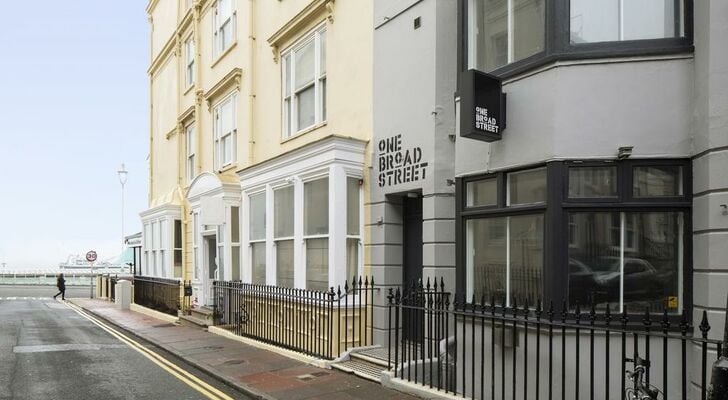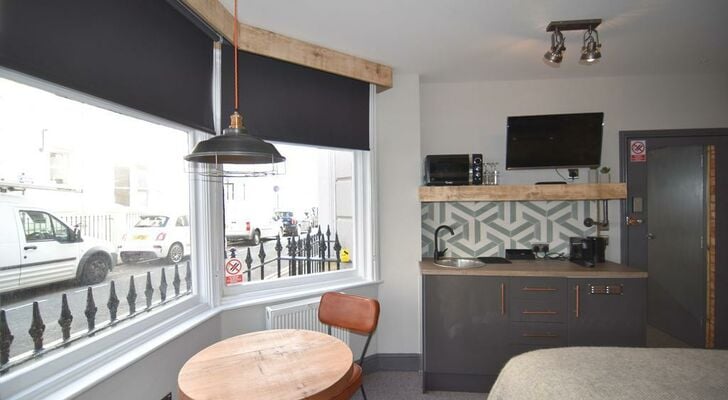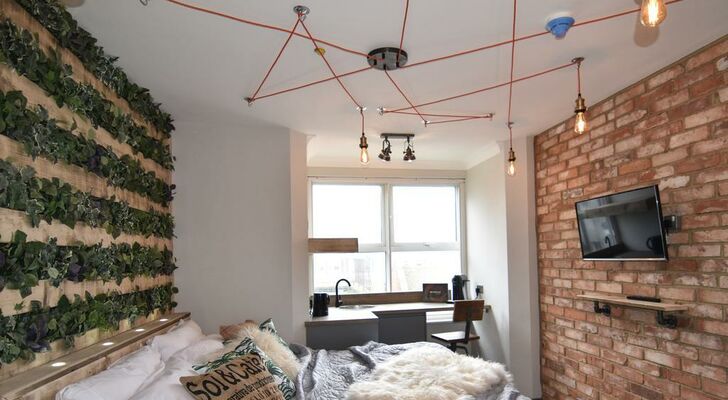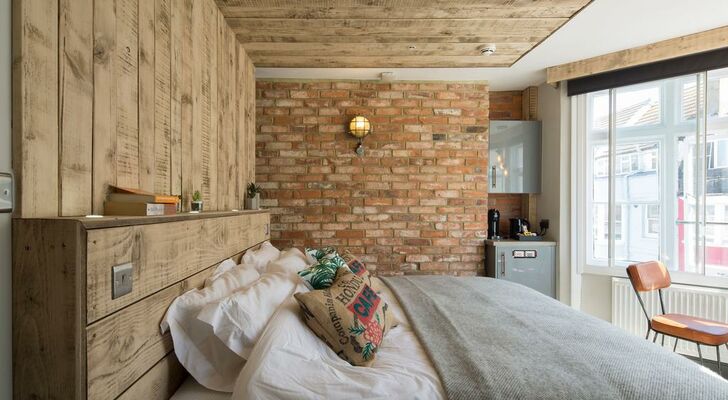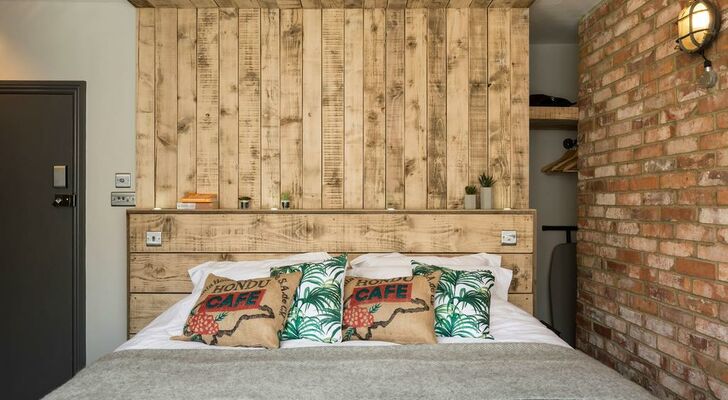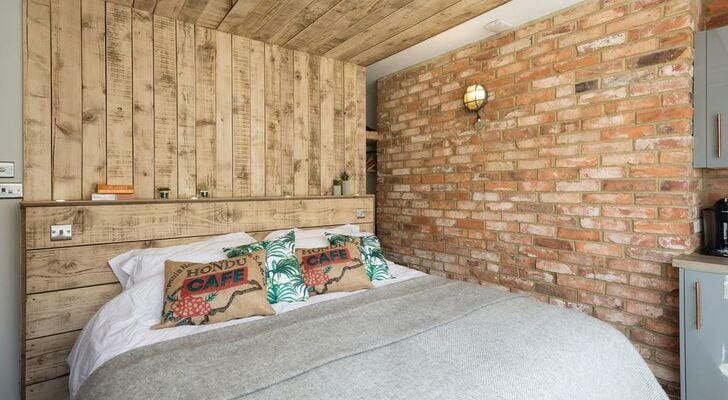Boutiqe hotels in Brighton 17 Boutique hotels
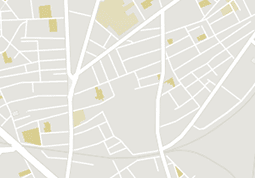
Save up to 10% on our carefully selected range of Boutique Hotels and Luxury Hotels in Brighton. Enjoy the best of both worlds with our exclusive offers.
Brighton Harbour Hotel & Spa ★★★★
Guest And The City ★★★★
My Brighton ★★★★
27 Brighton Guesthouse ★★★★
The Lanes Residence
The Ginger Pig
The Square Hotel Brighton
Artist Residence Brighton ★★★
Drakes Hotel ★★★★
Malmaison Brighton ★★★
Hotel Du Vin & Bistro Brighton ★★★★
West Beach Hotel Brighton ★★★
Q Square by Supercity Aparthotels ★★★★
Mercure Brighton Seafront Hotel ★★★★
Hotel Una
Sea Spray
One Broad Street ★★★★
- «
- 1
- »
Best places to visit in Brighton
Brighton Pier is a must-visit for anyone looking to experience Brighton. The pier was opened in 1899 and has been attracting visitors ever since. On top of its impressive length, this landmark also houses several restaurants, bars, shops and an aquarium. If you’re planning on visiting Brighton Pier during your stay at one of our hotels in the city center or near the pier, be sure to check out their website first for information about events that might be taking place over the weekend (or week).
Royal Pavilion is another great sightseeing spot in Brighton. This royal palace was built by Prince George of Hanover in 1787 as a summer residence; however later it became more than just that when King George IV turned it into a palace fit for royalty! Check out our hotels near Royal Pavilion if you’re looking to stay close by while exploring this iconic attraction during your next trip here!
The architecture is incredible – especially if you like classical-style buildings with beautiful domes and turrets! If you want to learn more about its history, then head over there during opening hours because they offer guided tours through all floors, including those which are normally closed off from public access unless special arrangements have been made beforehand (i.e., weddings). So make sure not to miss out on seeing this amazing place before checking into one of our high-quality hotels near Royal Pavilion today!
The Lanes
The Lanes is the oldest part of Brighton, known for its maze of narrow streets and shops. The main thoroughfare is North Laine, where you'll find trendy boutiques and independent retailers selling everything from vintage clothing to handmade jewellery. You can also keep your eye out for antique stores around here—they're a popular destination among locals who are looking to add a special piece to their home.
Royal Pavilion
The Royal Pavilion, a former royal palace built as a seaside retreat for George, Prince of Wales, who became George IV in 1820.
The Pavilion was commissioned by the Prince during the early 1780s and construction began in 1787 under the direction of Henry Holland, who had previously worked with Sir William Chambers on Somerset House and Carlton House. The site chosen was formerly occupied by an octagonal structure called the Marine Pavilion (c.1713) that stood behind an unadorned brick wall which had been erected to protect it from erosion caused by wind-blown sand and sea spray along Brighton seafront; this earlier building was demolished after its sale during 1786–87 and replaced with a formal garden—known as Royal Square—with four temples at each corner: one dedicated to Neptune; another to Apollo; a third to Flora; and fourth dedicated to Ceres.[2] In addition, there were two fountains (one of which survives today), along with other statues representing Bacchus and Venus.[3]
After several changes in ownership during the late 18th century from John Murray (4th Earl of Dunmore) until purchased by George IV for £120,000[4], it became his favourite residence where he entertained many notable guests, including Lord Byron,[5] Charles Dickens[6]and Queen Victoria.[7]
Royal Pavilion
The Royal Pavilion is a former royal palace built as a seaside retreat for George, Prince of Wales, who became George IV in 1820. The buildings are largely modeled after the Brighton Pavilion.
Brighton Pier
Brighton Pier is one of the most popular attractions in Brighton, so you can expect to see tourists flocking to this historic site. It’s also a Grade II listed building and is 1,818 feet (554 m) long—the longest pleasure pier in the world! The pier was built in 1899 but has undergone many refurbishments since then.
Sea Life Centre
First opened in 1997, the Sea Life Centre is an aquarium and amusement park. The largest one in England, it has over 20 million visitors every year and is a top tourist attraction for visitors to this popular seaside town.
The centre features dozens of exhibits with different types of marine life such as sharks and rays to seahorses and sea lions. You can even see octopuses hiding in their tanks—and don’t worry if you bump into them; they won’t hurt you!
There are two restaurants inside the centre: The Aqua Restaurant which serves up delicious food at affordable prices; or there's Pizza Pasta Express where you can grab some takeaway pizza while waiting for your train back home if you're staying somewhere else like Brighton Pier Hotel which has its own private car park right next door (great news when trying to find somewhere safe).
Brighton Marina
Brighton Marina is the best place to visit in Brighton. It’s a popular spot for locals and tourists alike, with plenty of food, drink and shopping options.
There are several restaurants at the marina that you can enjoy a delicious meal at. You can also grab some beers at one of the many bars throughout the marina!
If you want to stay nearby but don’t want to pay through your nose, try an Airbnb! There are plenty of affordable options with great reviews from other guests who have stayed there before—and it may even come with extra amenities like laundry machines or free WiFi!
In addition to being home to dozens of businesses (including cafes), this part of town also has several hotels around it if you need somewhere comfy where you can rest your head after exploring all day long! These range from budget-friendly hostels where roommates will share spaces with strangers up until fancy resorts where every room has its own television set along with other luxuries such as heated floors or hot tubs overlooking beautiful ocean views outside windows covered in frosted glass panes so not only does everything look amazing but nothing gets too cold either when temperatures dip down into single digits during winter months due seasonal changes (which happen often!).
Shoreham and Portslade
Shoreham and Portslade are two separate towns, but they're close enough to each other that it can be hard to tell them apart. They both lie along the coast of England's South Coast, which is why they're sometimes referred to as one town: Shoreham-by-Sea.
Both towns lie on England's south coast, facing France across the English Channel. A drive down either street along this stretch will give you a clear view of the watery expanse separating them from continental Europe.[1]
Shoreham has been a seaside resort since Victorian times; indeed its pier was opened in 1819[2]. While not quite as popular with tourists today (who prefer Brighton), it still attracts plenty of visitors who enjoy its classic seafront look and feel.[3]
Windmill and Jack and Jill Windmills
The Windmill is a Grade II* Listed Building, and it's the oldest surviving windmill in the UK. It was built in 1792 by William Cording and has been used for many purposes over its two centuries of existence: as a corn mill; as a fire station; as offices for local newspapers, including The Brighton Gazette; and even as an ice rink at one point!
Today you can visit this historic building to learn more about its past and see how it looks today. You'll also have access to an art gallery where there are exhibits featuring local artists' work (from paintings to photographs). If you want to get your hands dirty while exploring Brighton's history, come on over!
Seven Sisters Country Park
Seven Sisters Country Park is a great place to visit for a nature walk. Located in the Seven Sisters Country Park, this park offers visitors beautiful views of the countryside. With over 144 acres of open space and woodland, there are plenty of places to explore and discover.
While visiting this park, you can enjoy its many facilities, including:
A visitor center with a café serving refreshments
A kids' play area with climbing equipment and swings
Bike hire if cycling is your thing! Just check out what's available on their website before you go because they don't have many bikes available at all times (but they do have some).
South Downs Way National Trail
The South Downs Way National Trail is the perfect way to get out of Brighton for a day or even 10 days if you're feeling adventurous. The trail runs from Winchester to Eastbourne via some of England's most stunning landscapes: chalk hills and rolling valleys, with views across Sussex towards the sea. It's also possible to do it in sections—so if you don't have time for a full-length walk, go for one or two stages instead!
The South Downs Way National Trail is around 260 miles long and takes between 10 days and 2 weeks to complete depending on how much time you have available. It follows an ancient route that was once used by pilgrims traveling to Canterbury Cathedral; today, people use it as both a leisure activity as well as an opportunity to reconnect with nature (and escape city life).
Devils Dyke National Trust Car Park
Devils Dyke is a National Trust property, which means it's part of the conservation and preservation of nature. The view from the top of the hill looks out over Sussex; there are also plenty of trails to hike through the countryside. This is an incredibly popular spot for tourists, so if you're looking for somewhere to go walking but don't want to deal with too many people, this might not be your best option. However, it's worth visiting if only because Devils Dyke is one of Britain's largest hillforts (a fortified settlement built on raised land).
Brighton is a fantastic city to visit, and there are so many things to see and do. From walking on the South Downs Way National Trail and exploring the countryside to visiting one of Brighton's many museums or taking a walk along the seafront. Whatever your interests are, Brighton has something for everyone!
